
This is another space program set in the Whirligig World mod for Kerbal Space Program, set on the planet Derbin. Note that if you don't want to be spoiled on the looks of the surface of Derbin, this will immediately show you what it looks like.






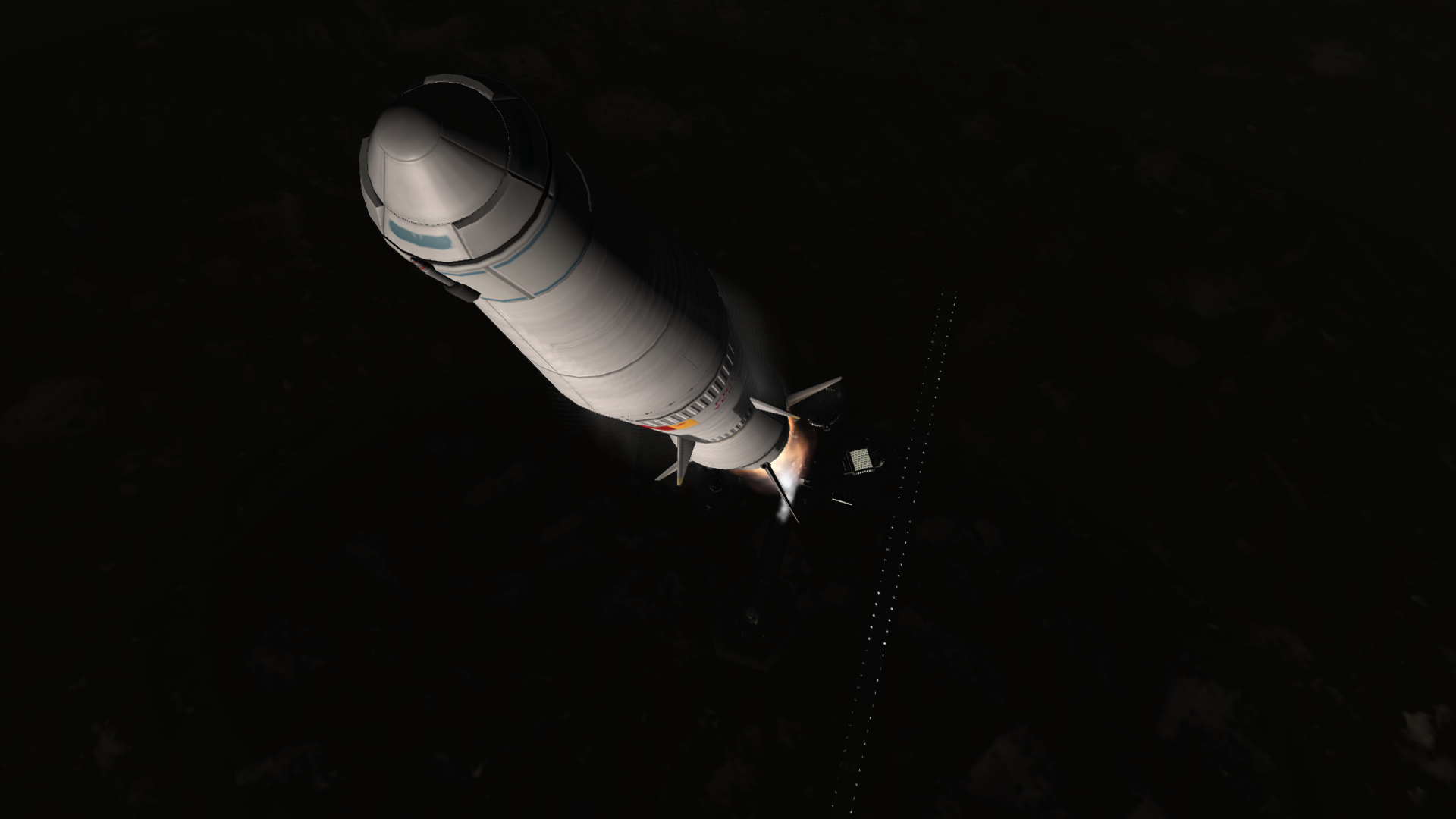
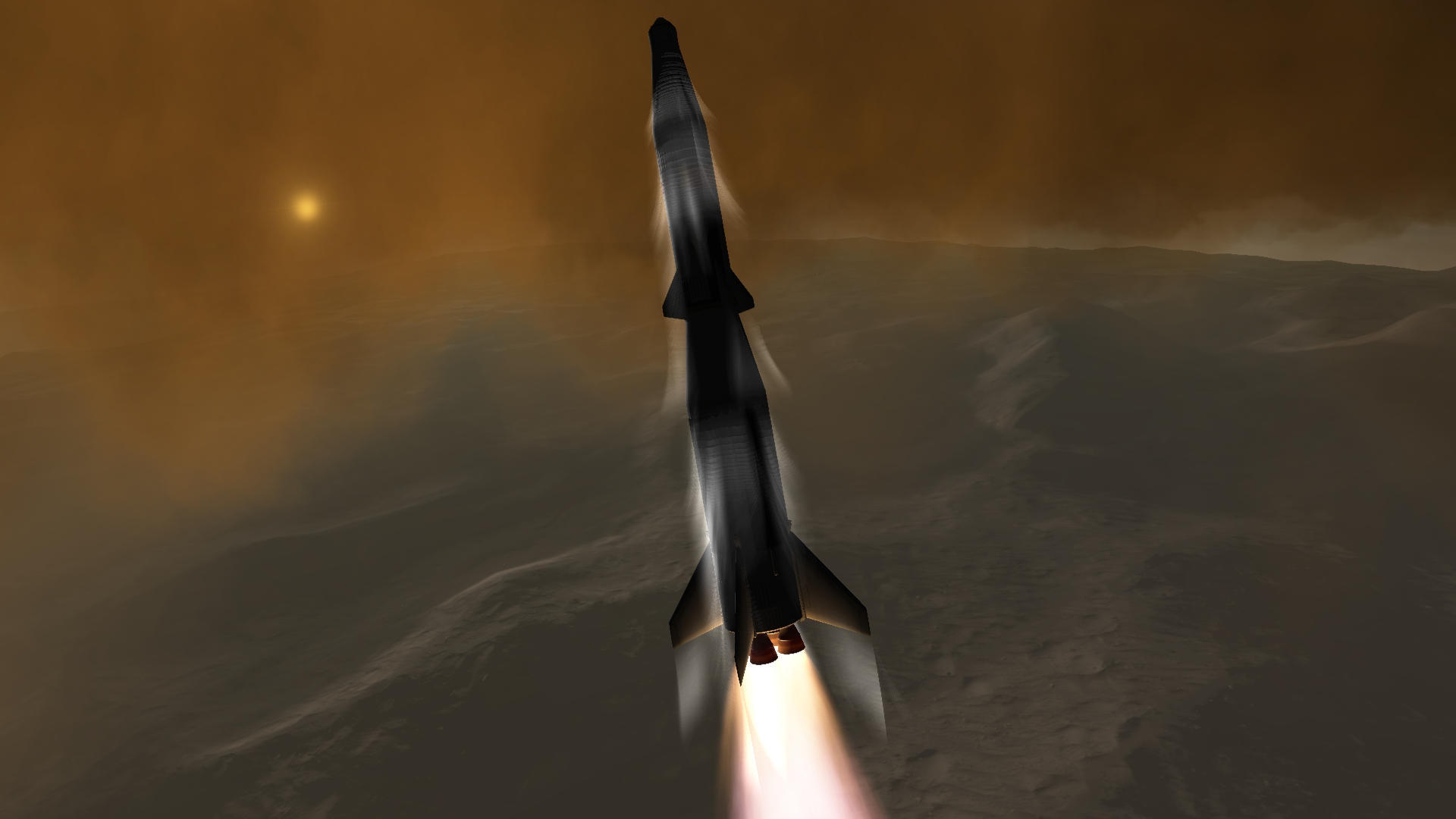
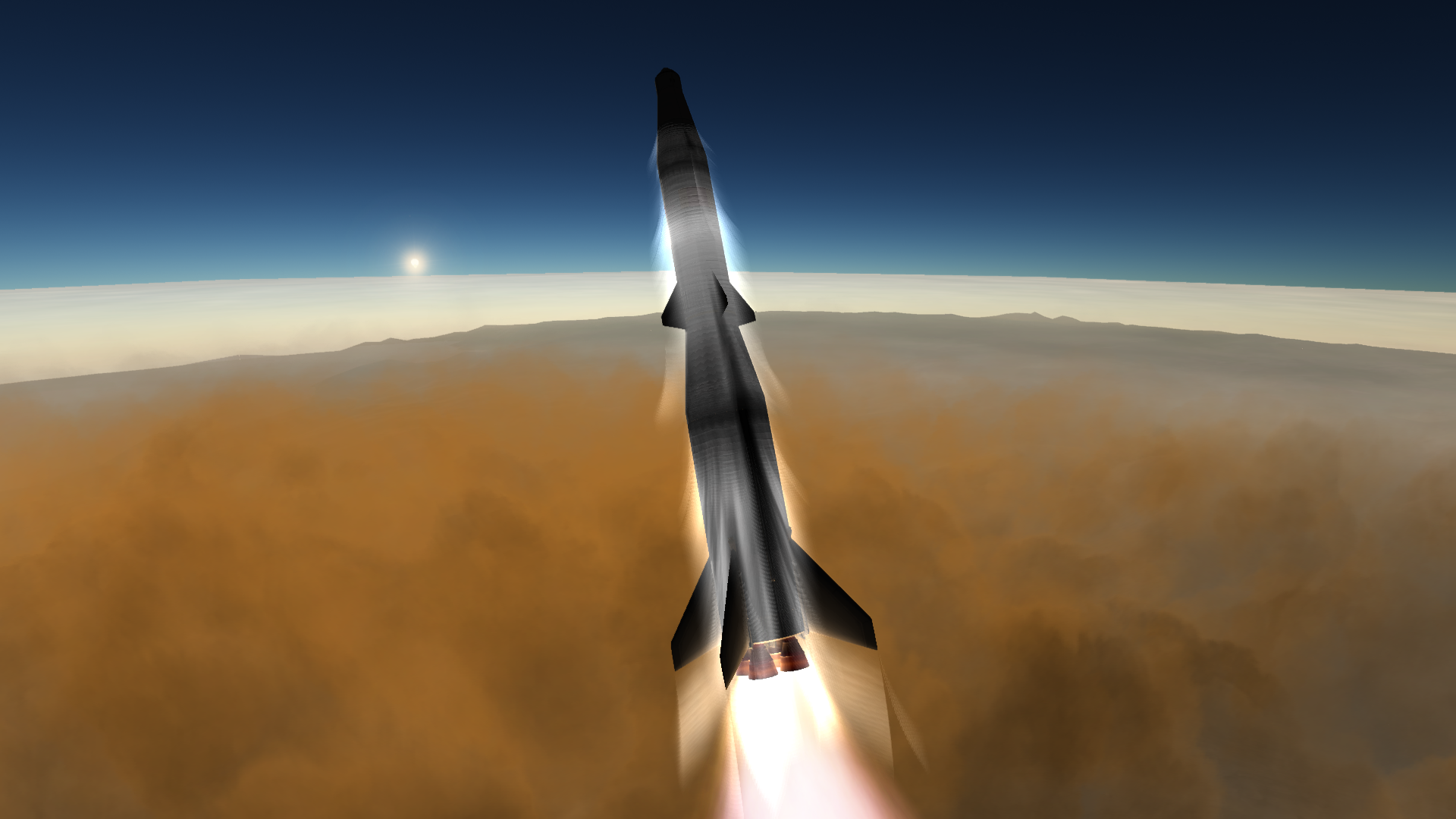
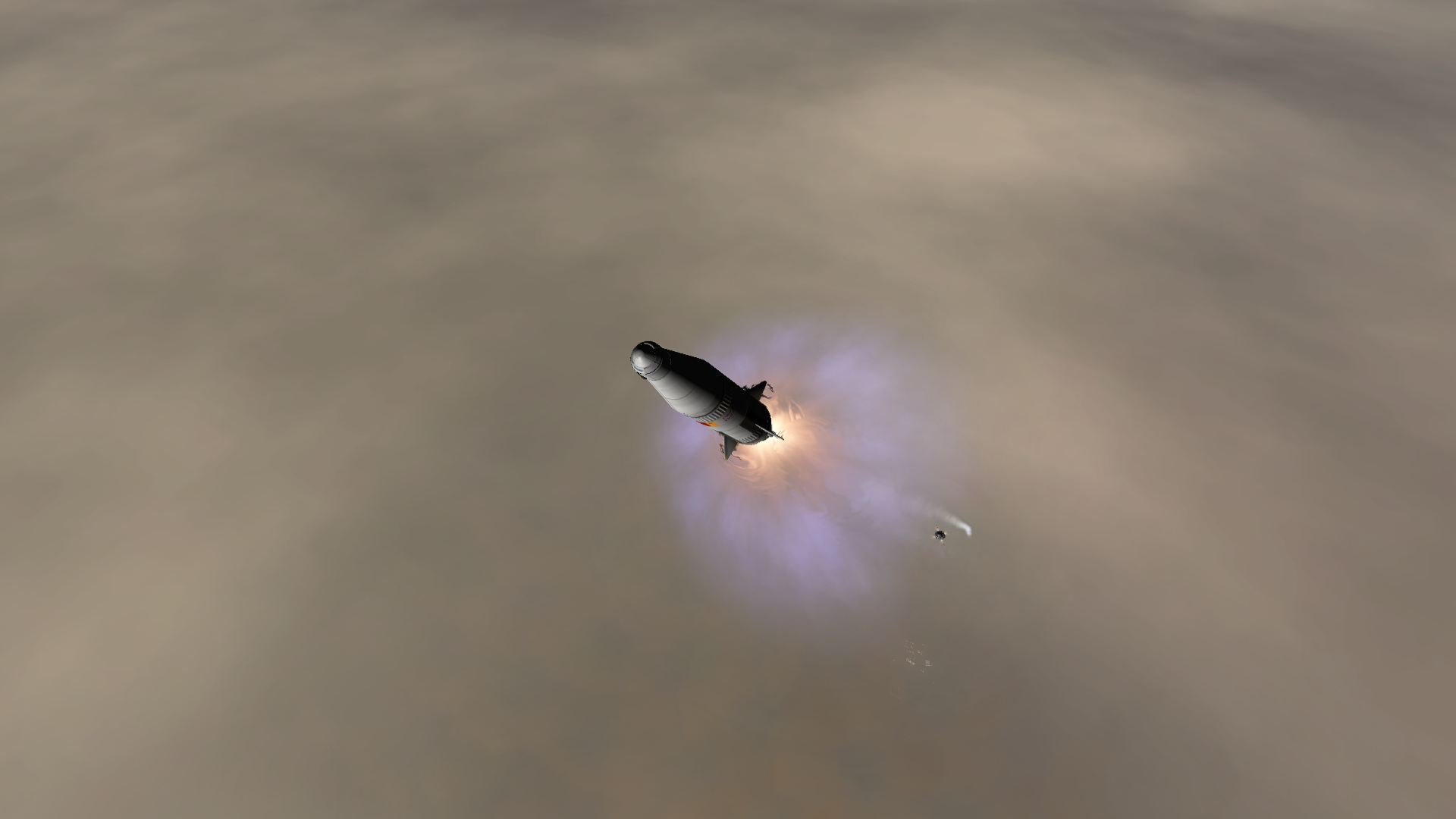
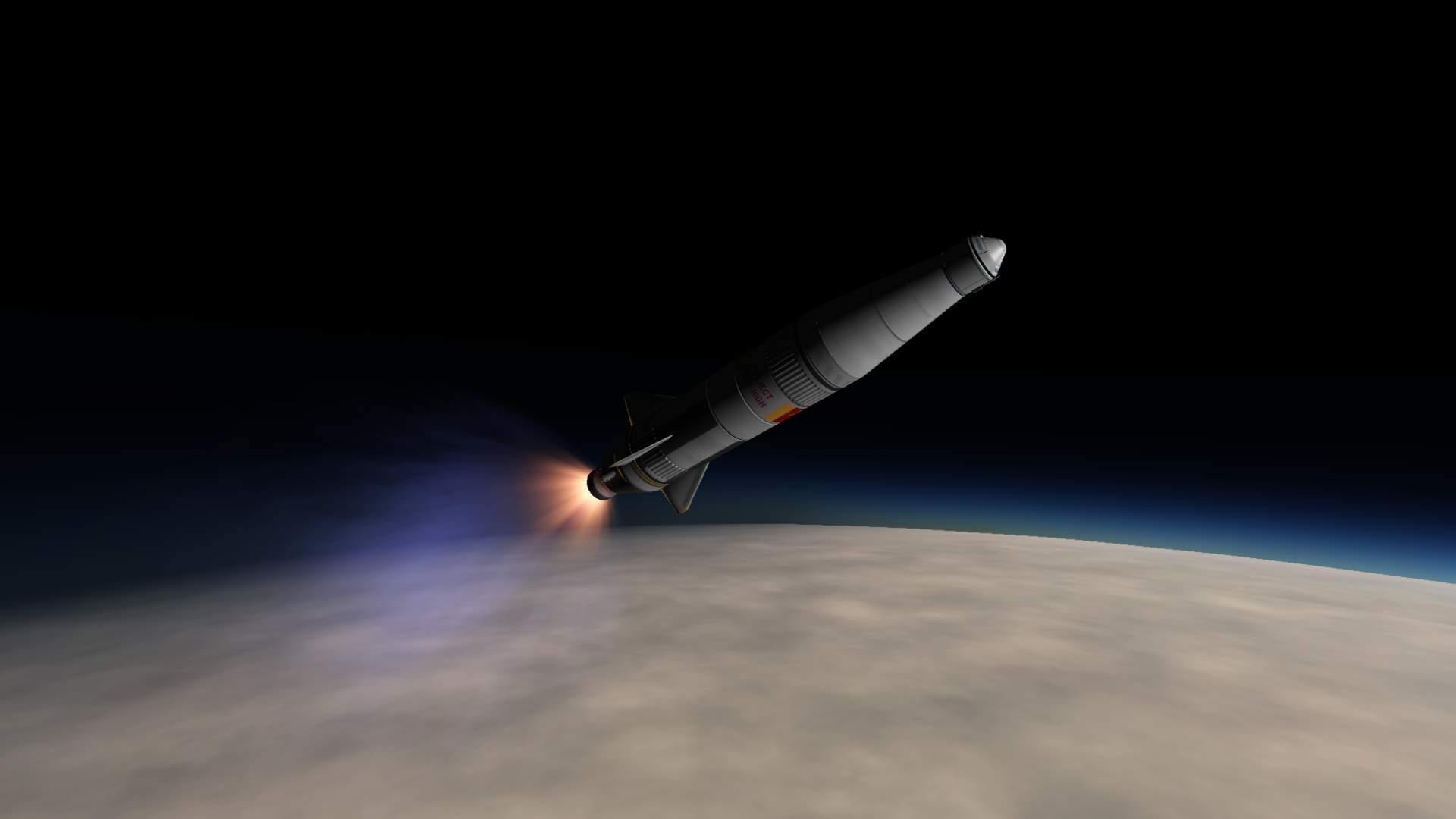
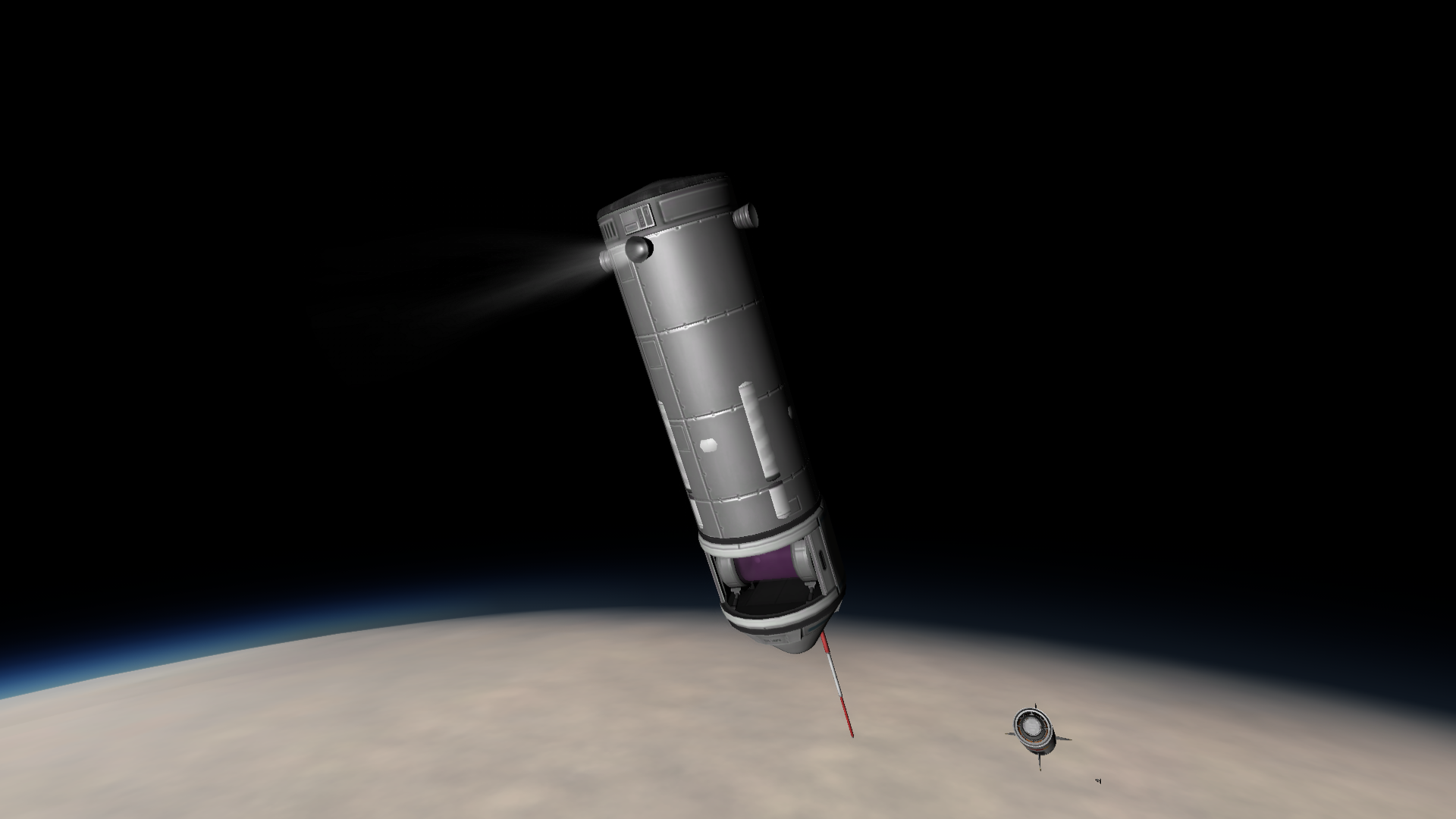
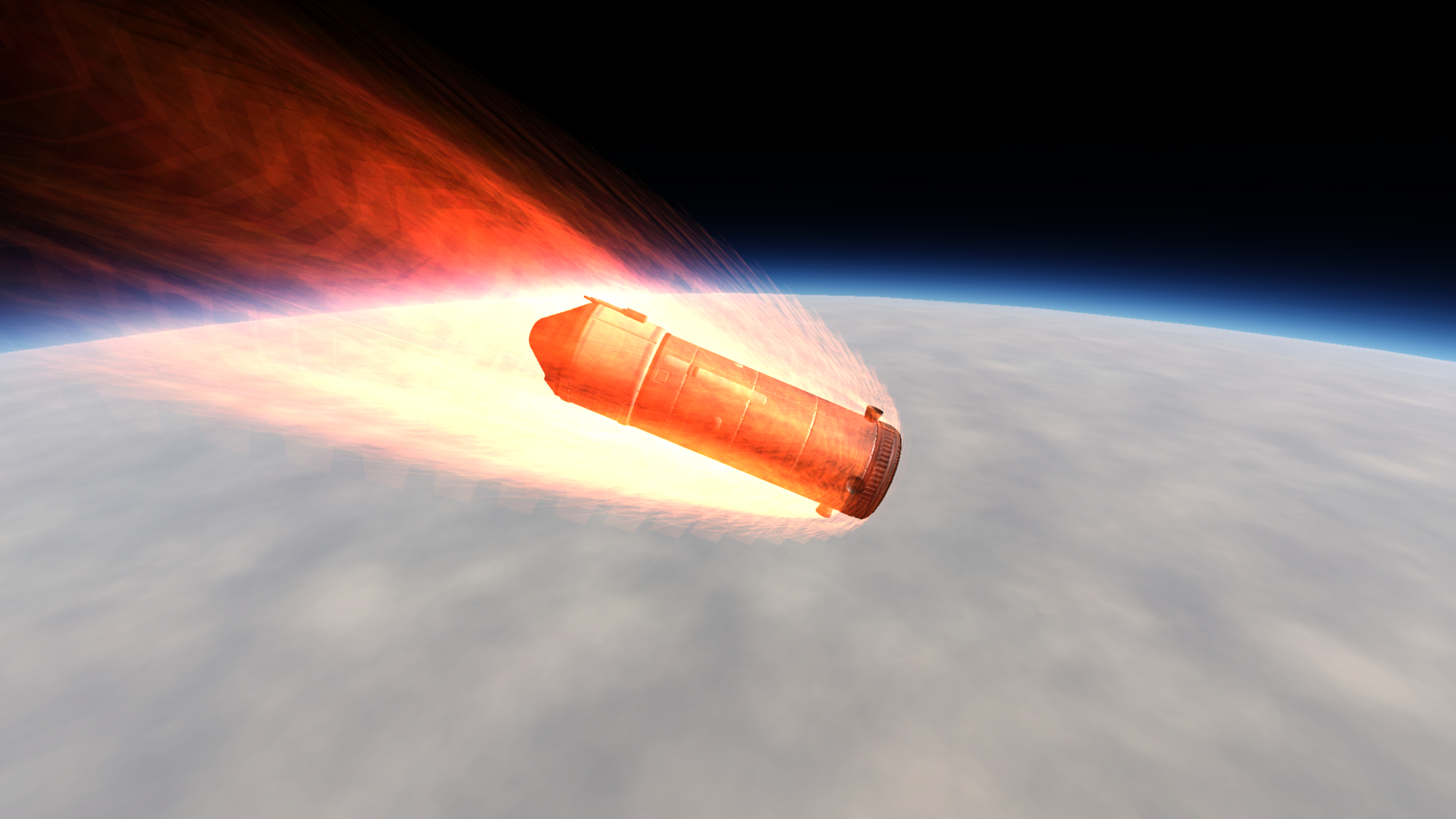
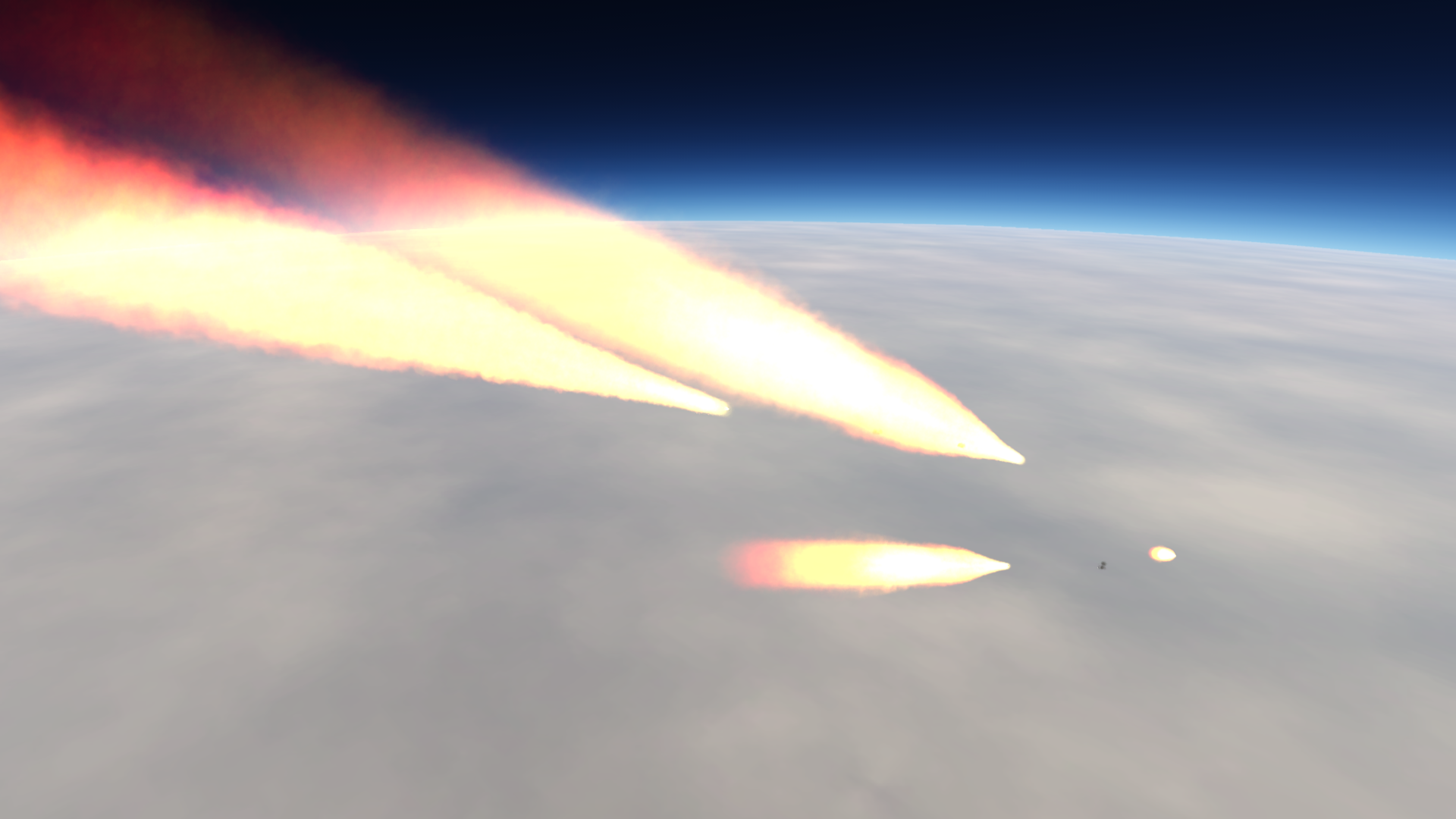
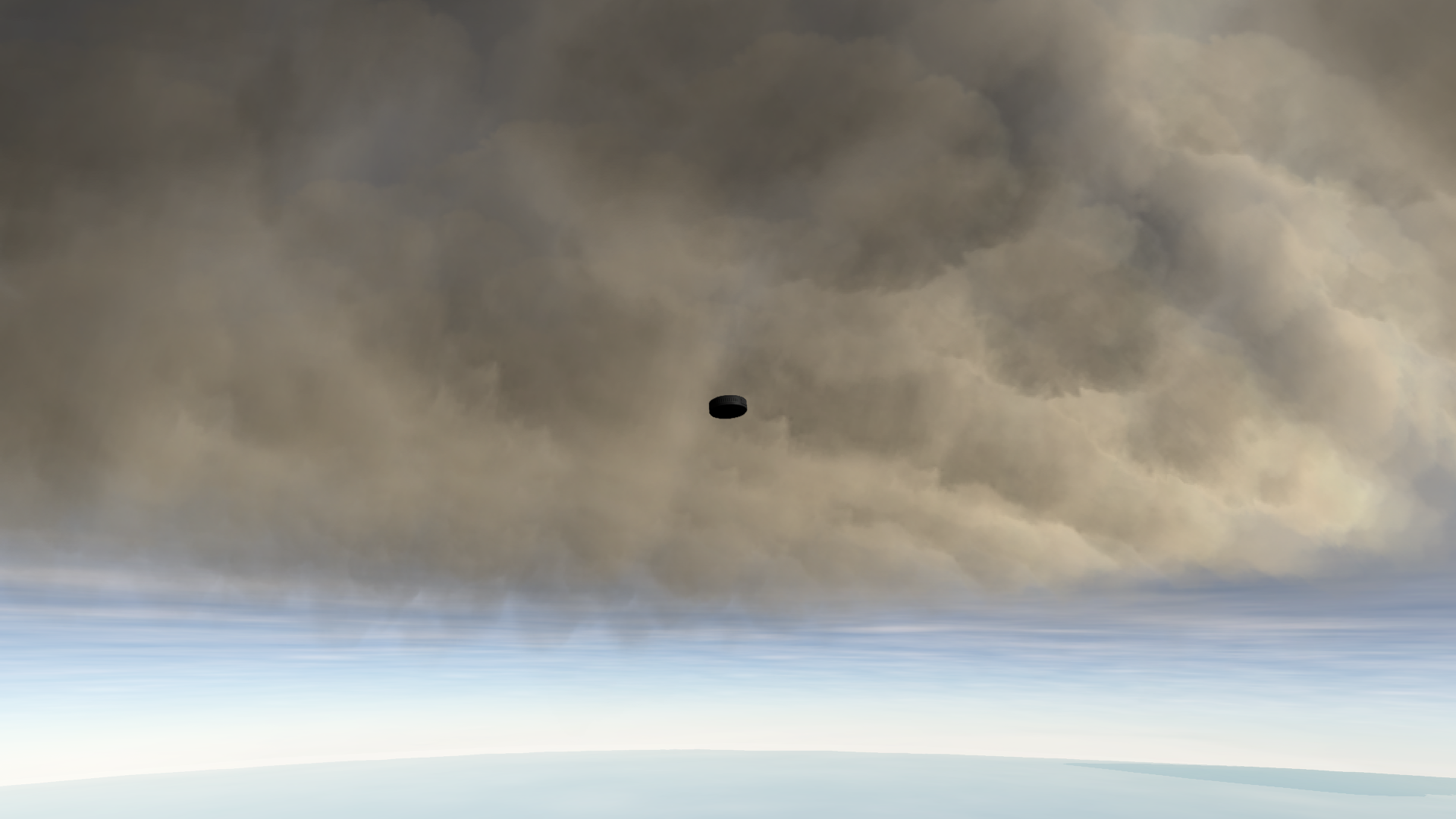
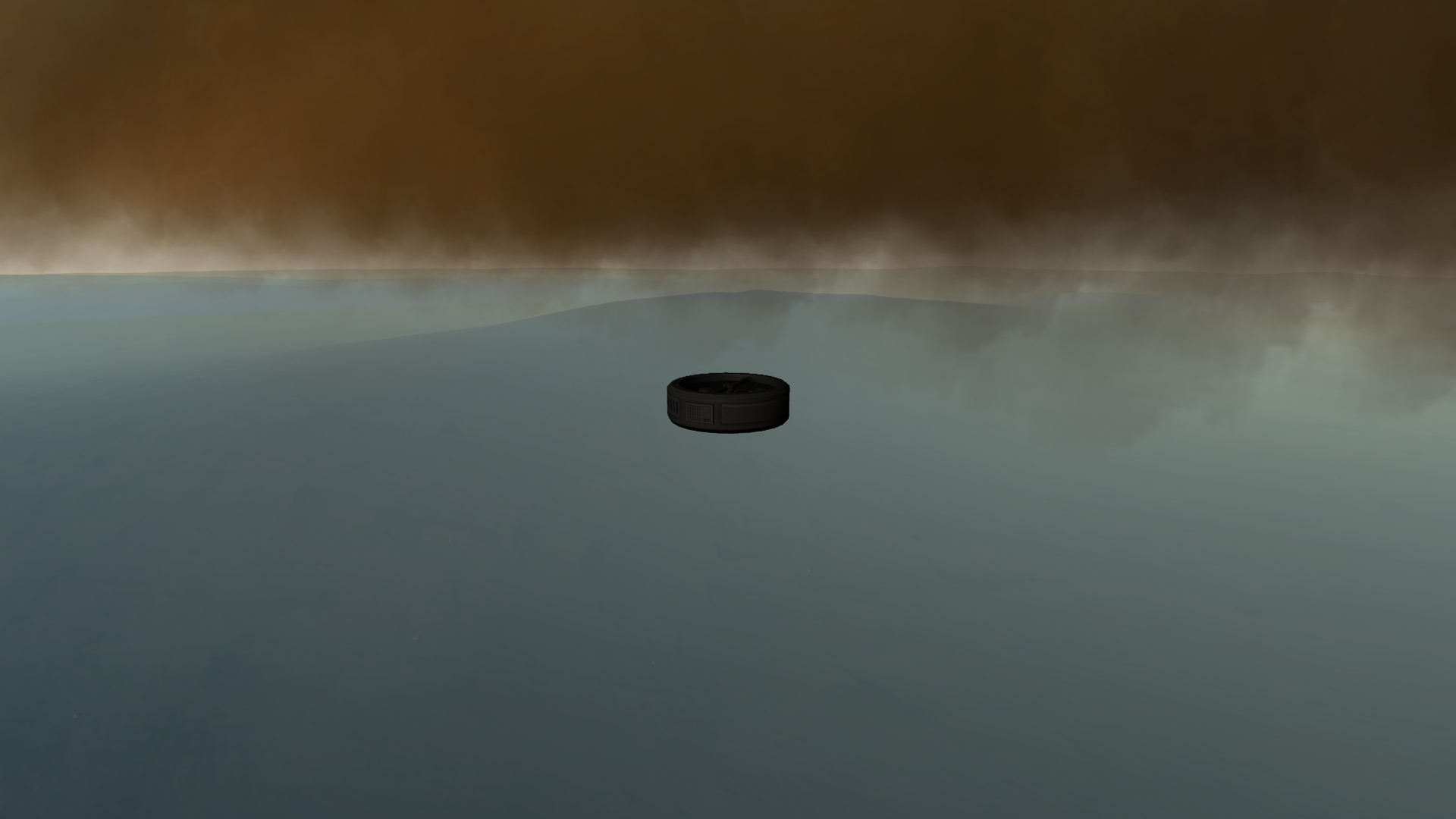
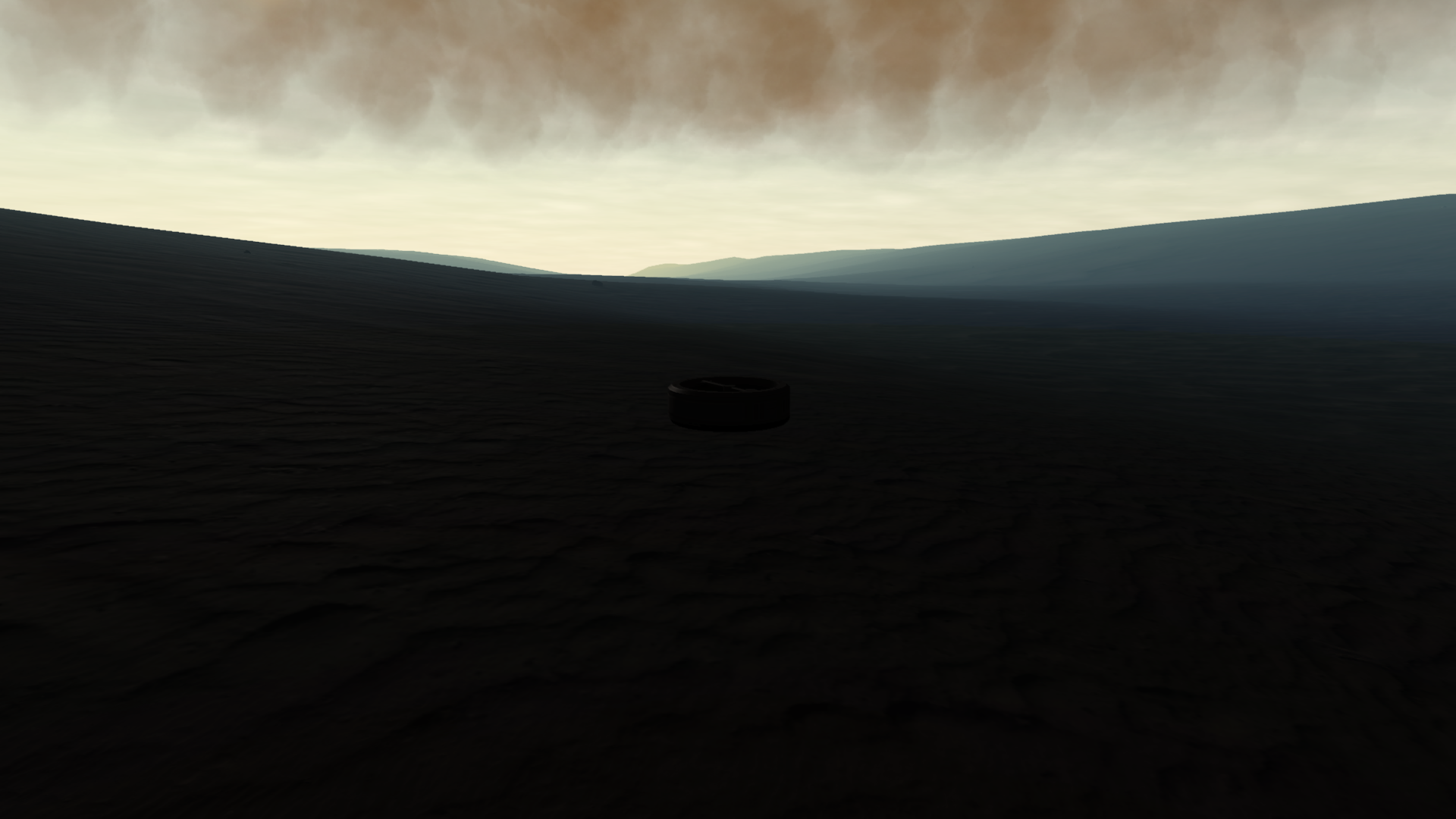
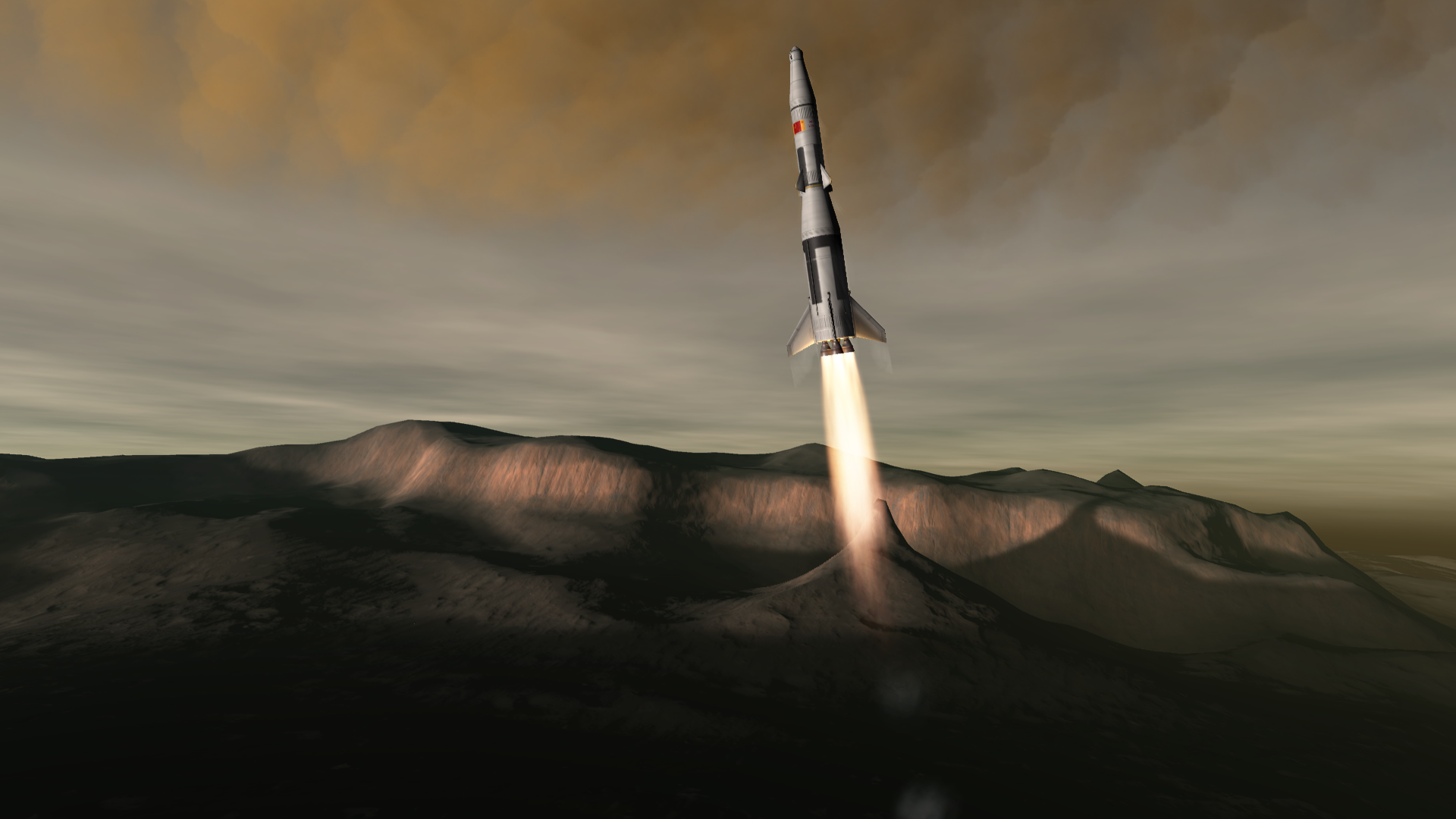
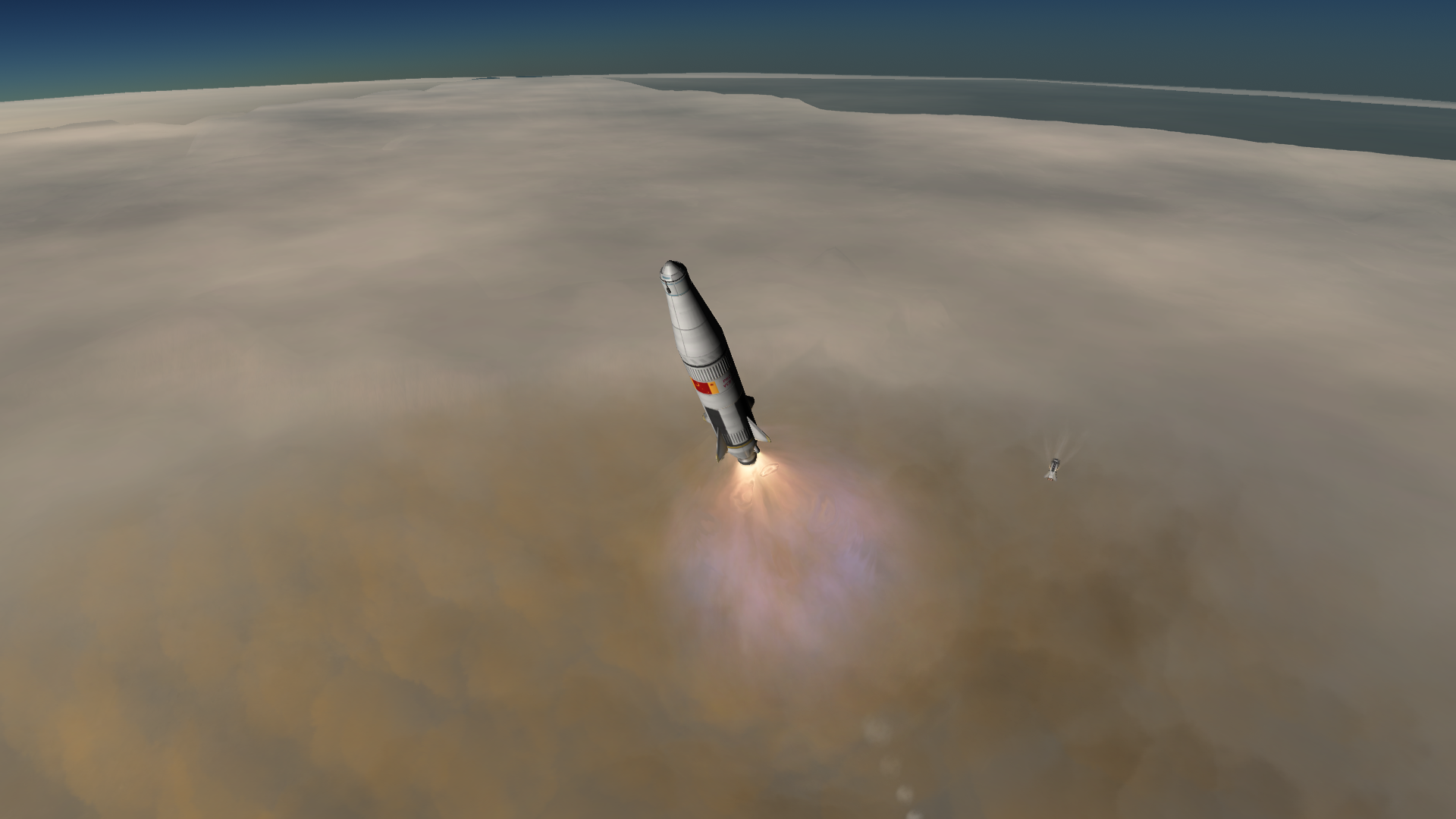
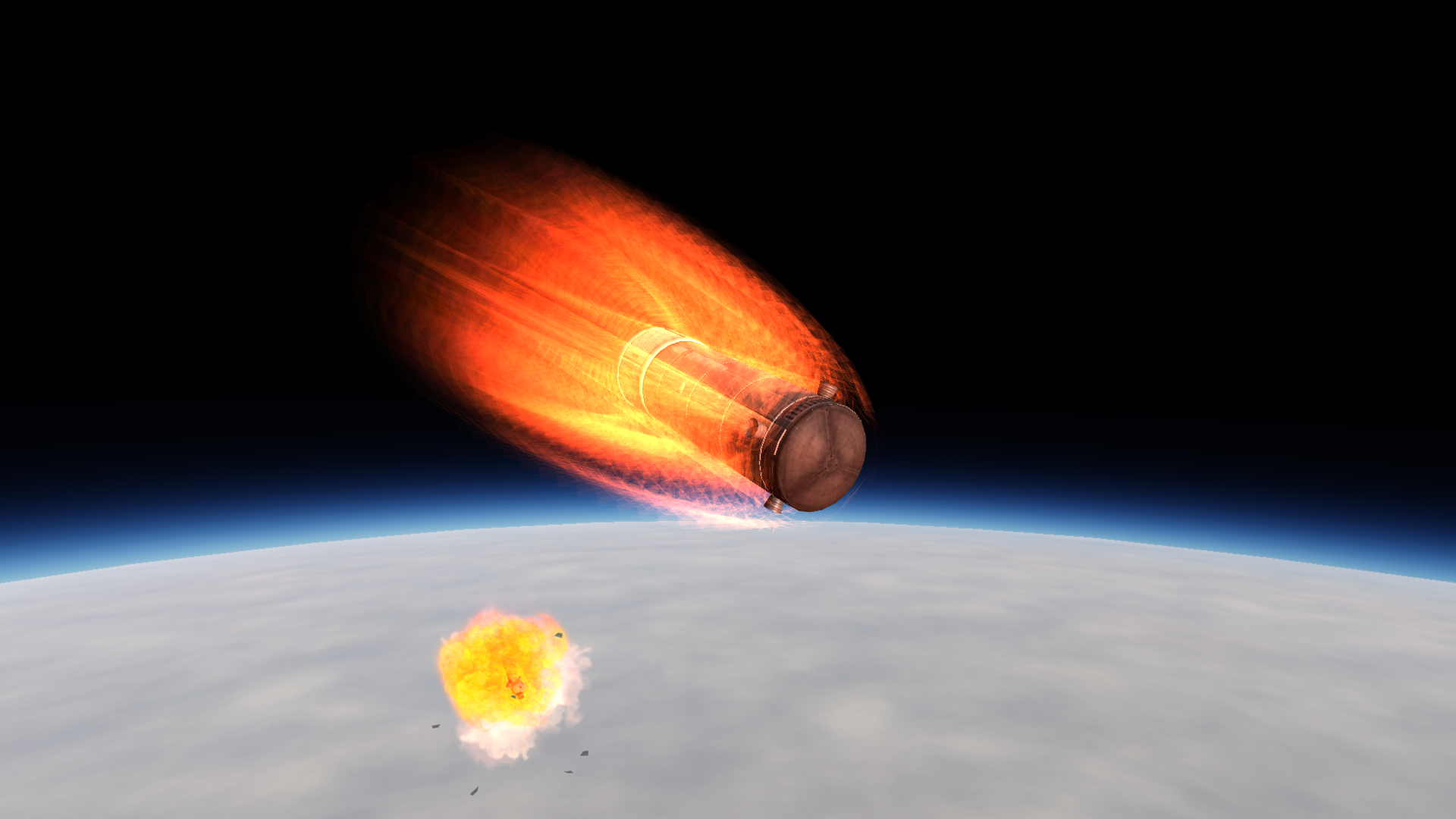
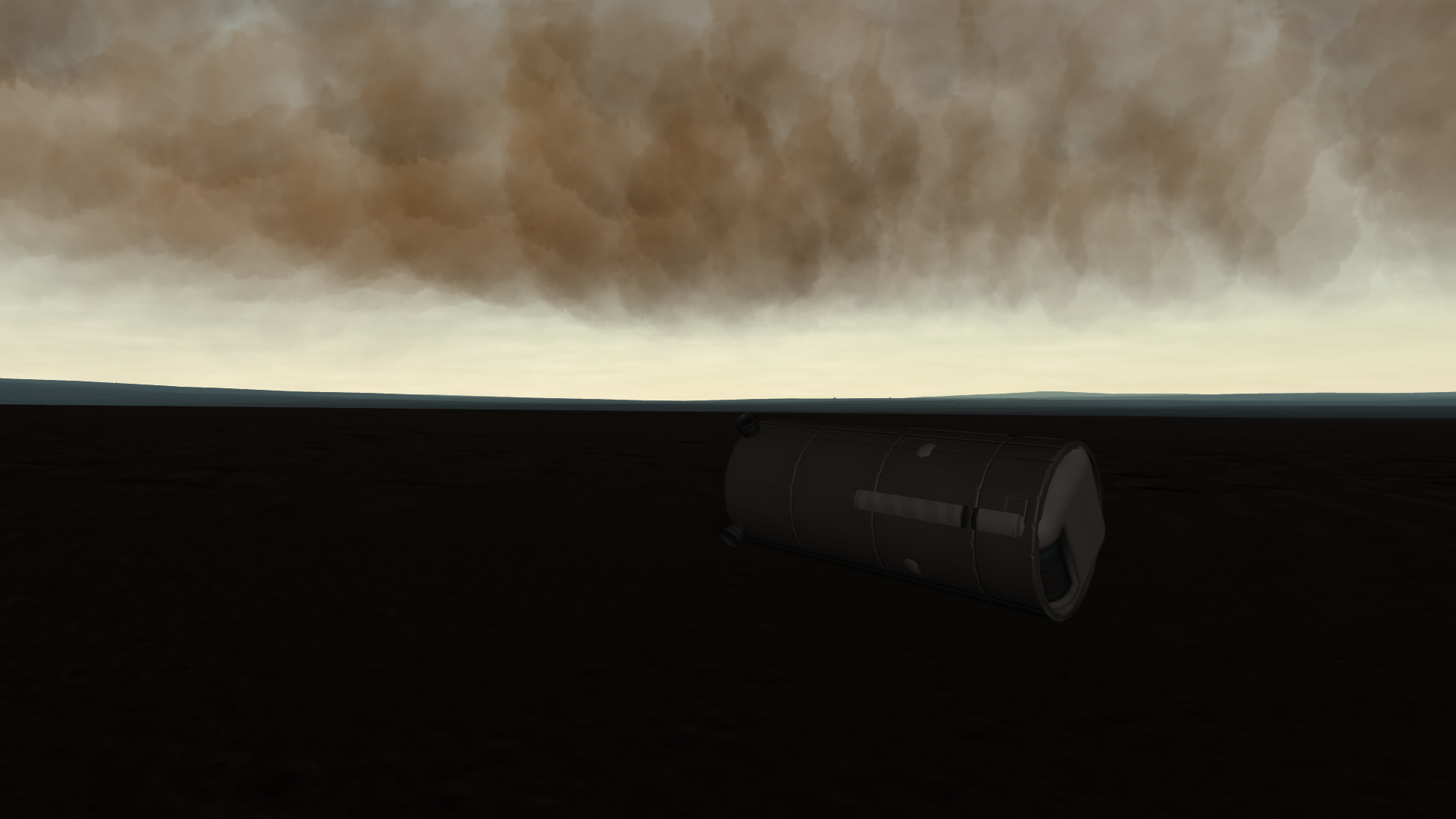
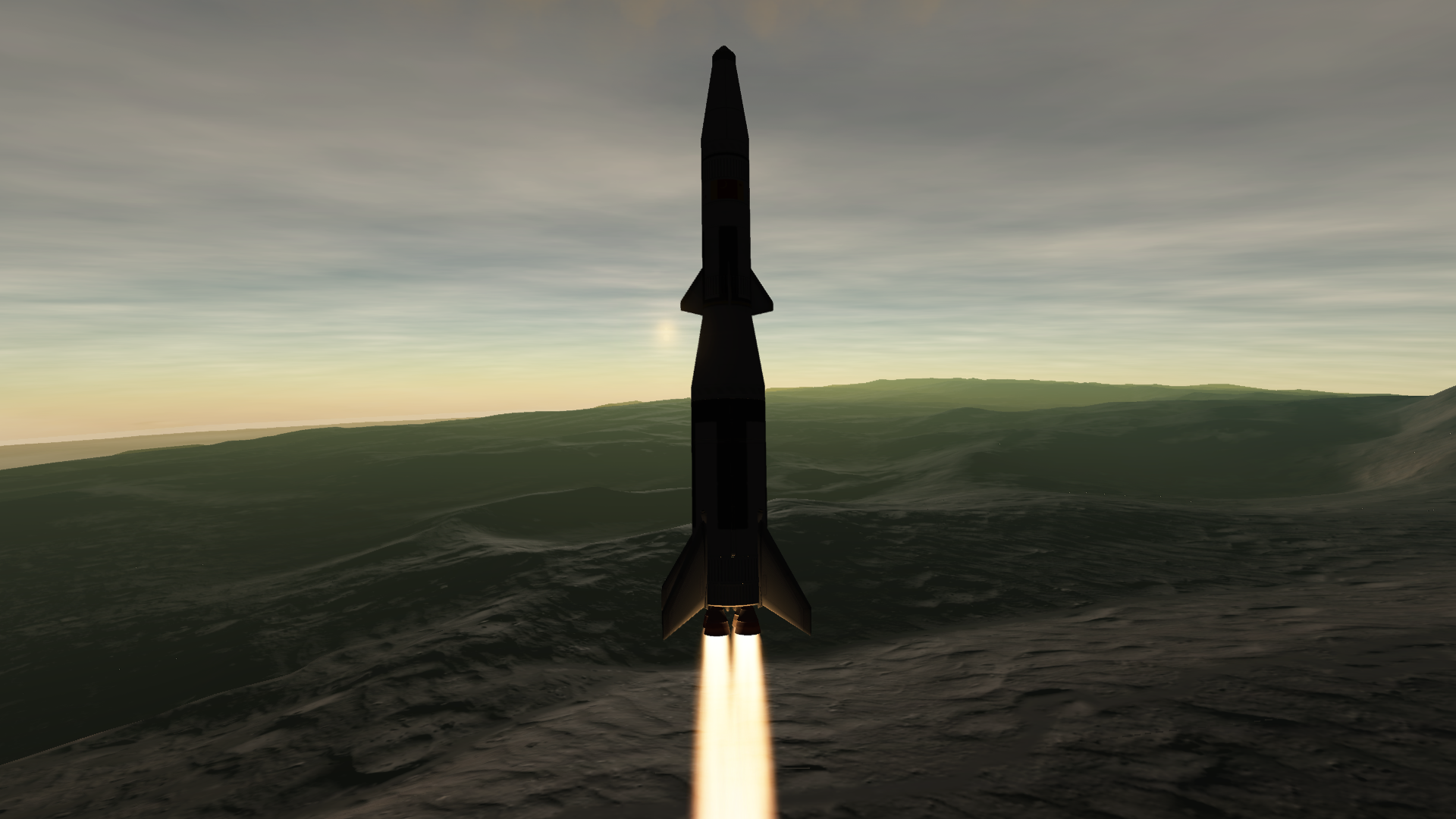
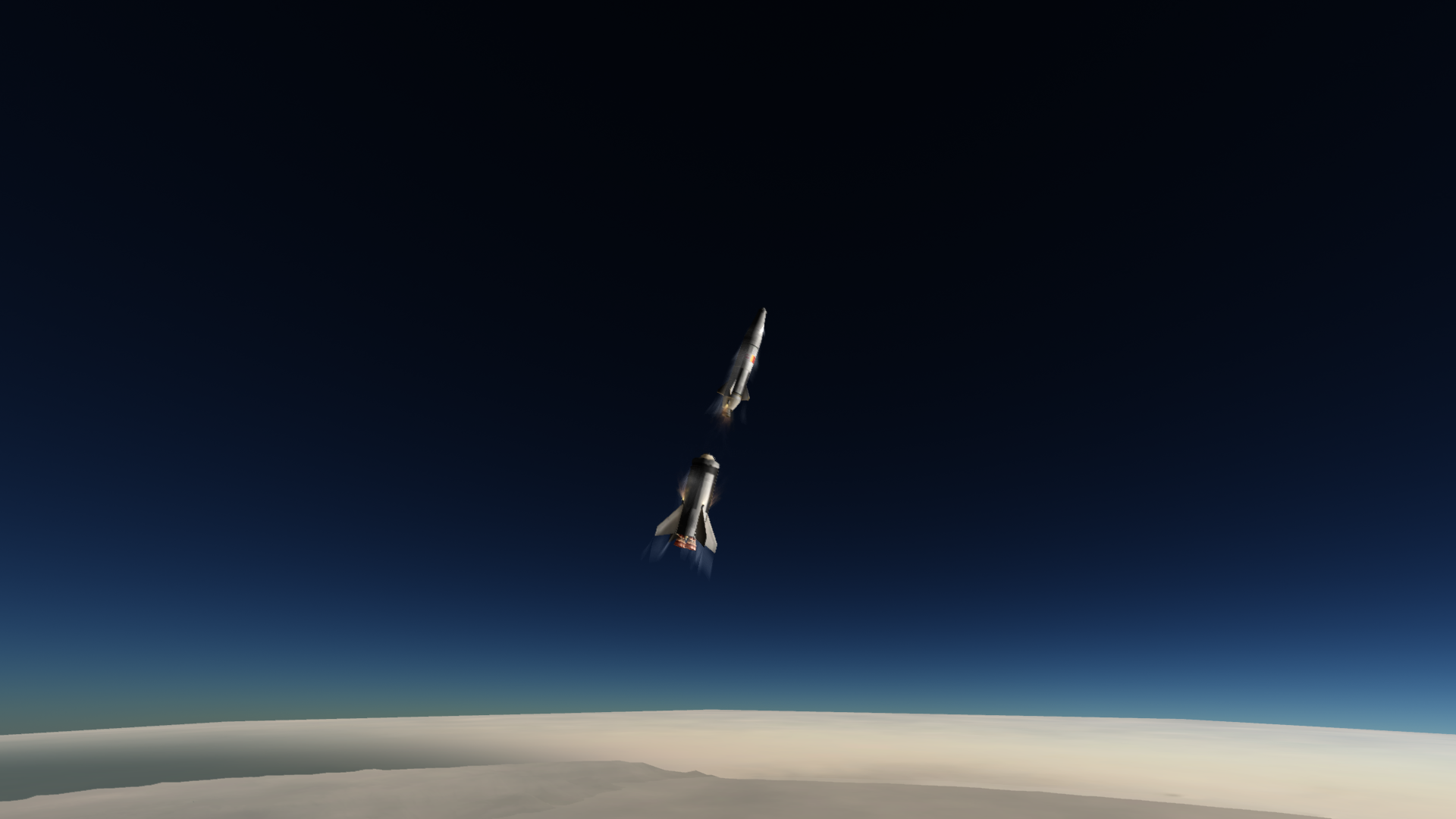
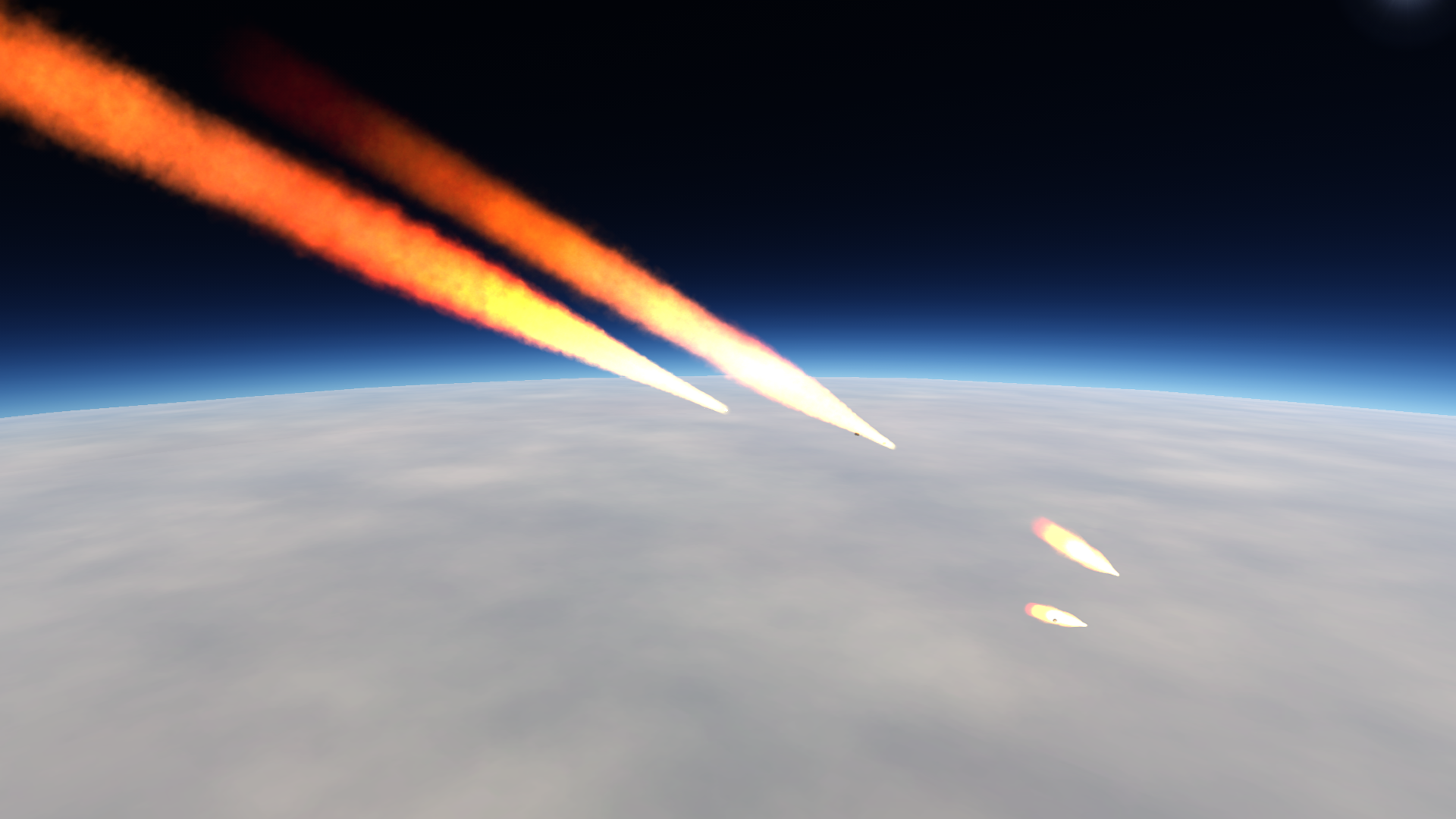
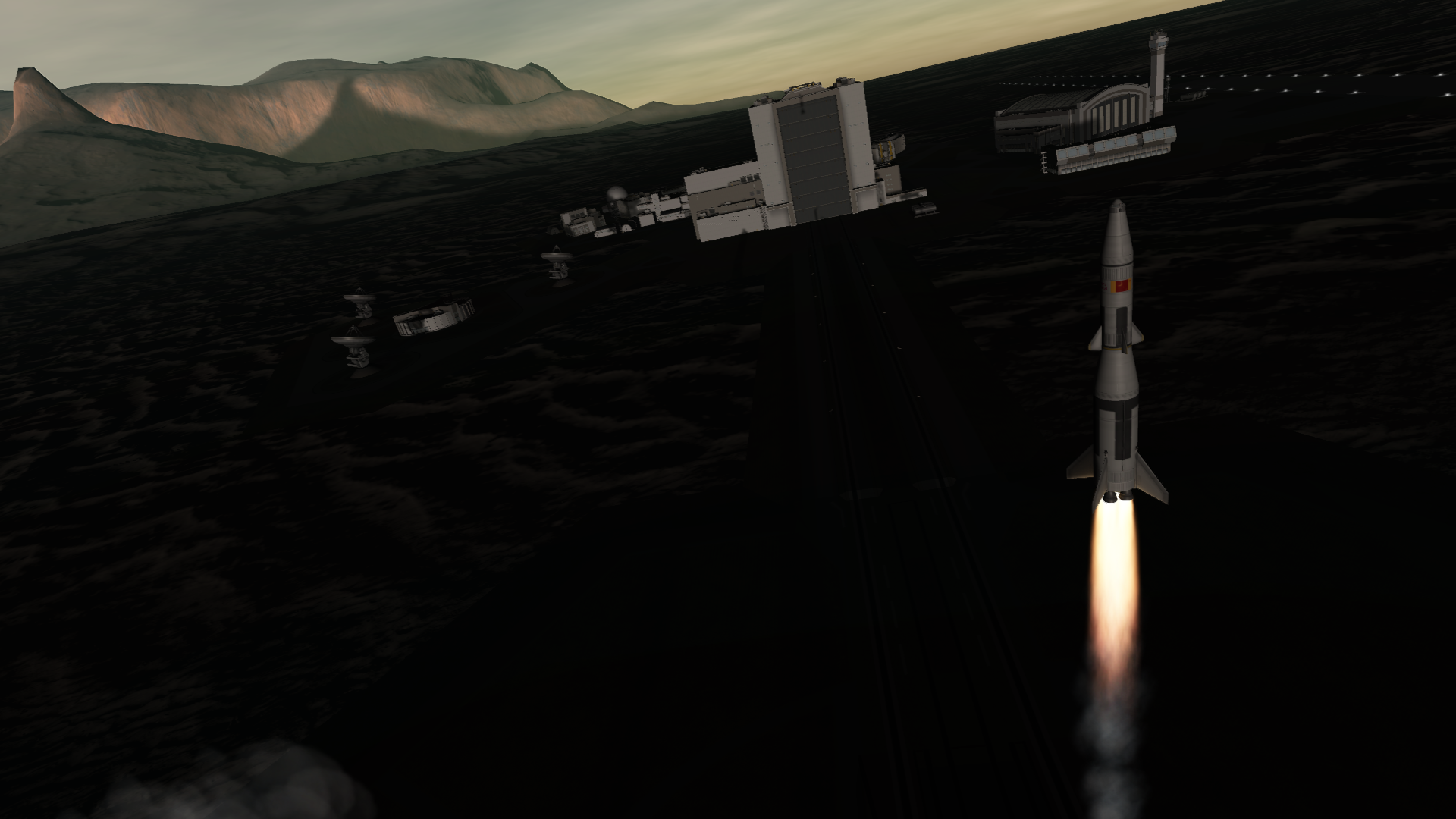
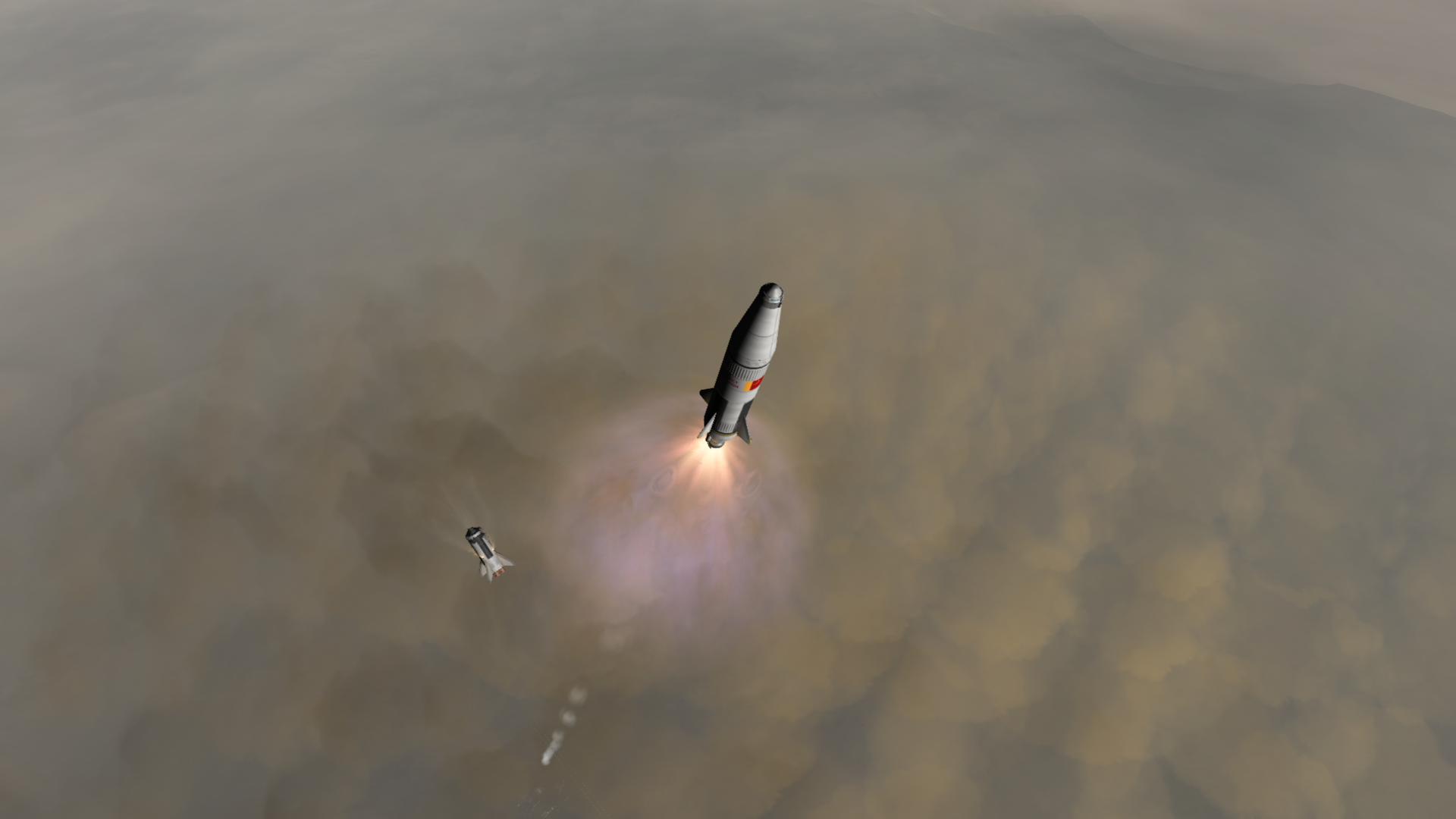
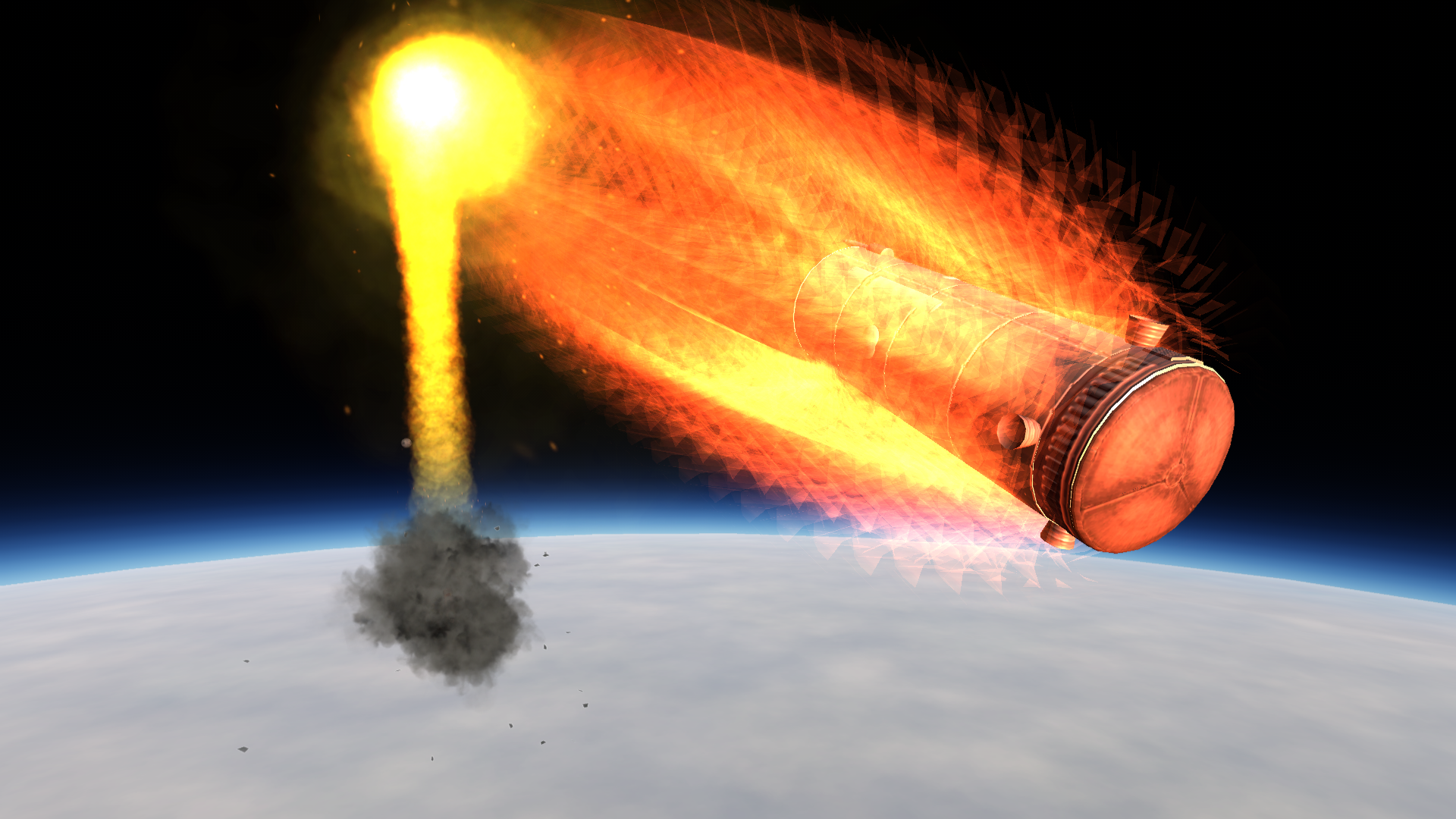
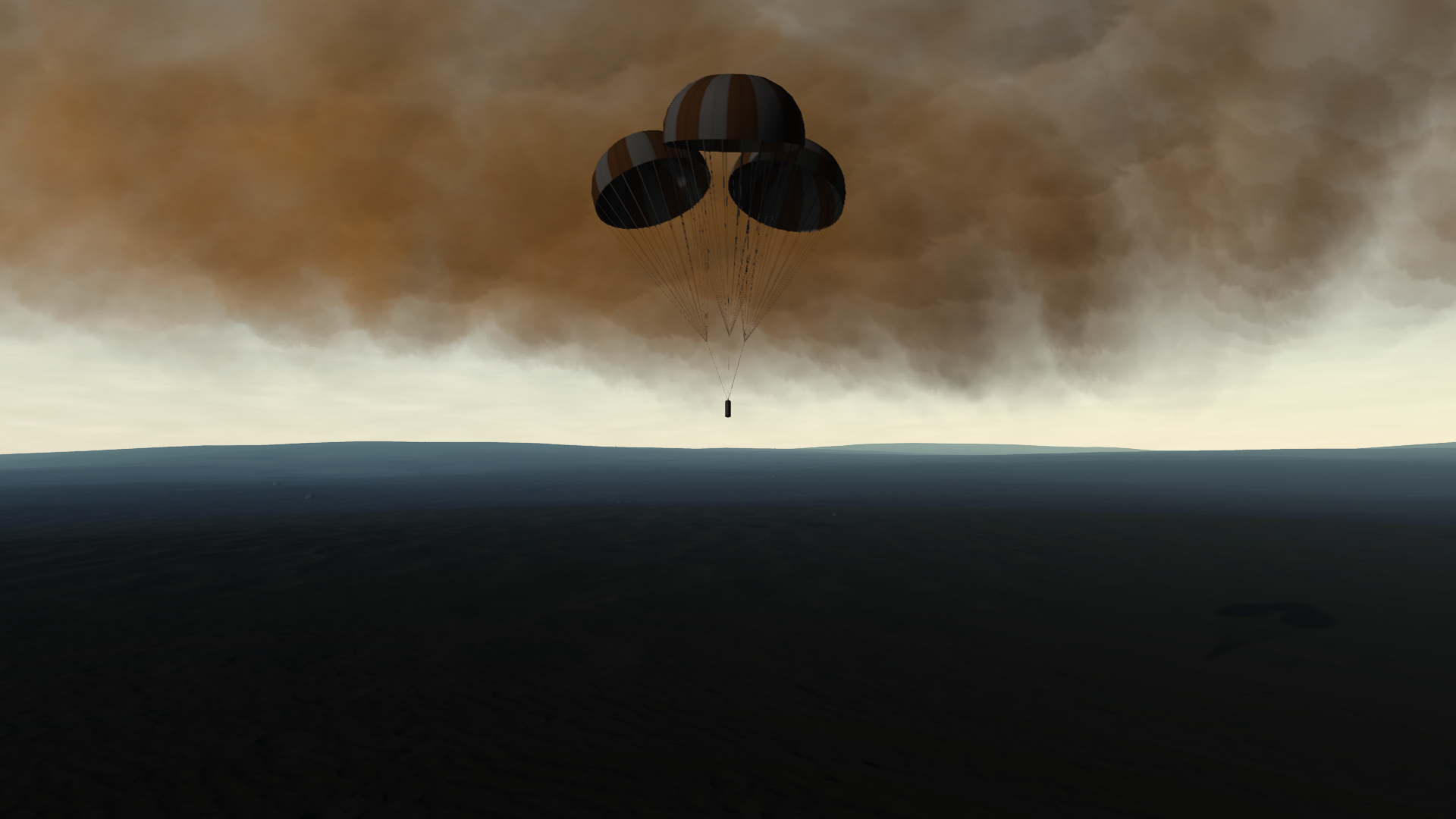
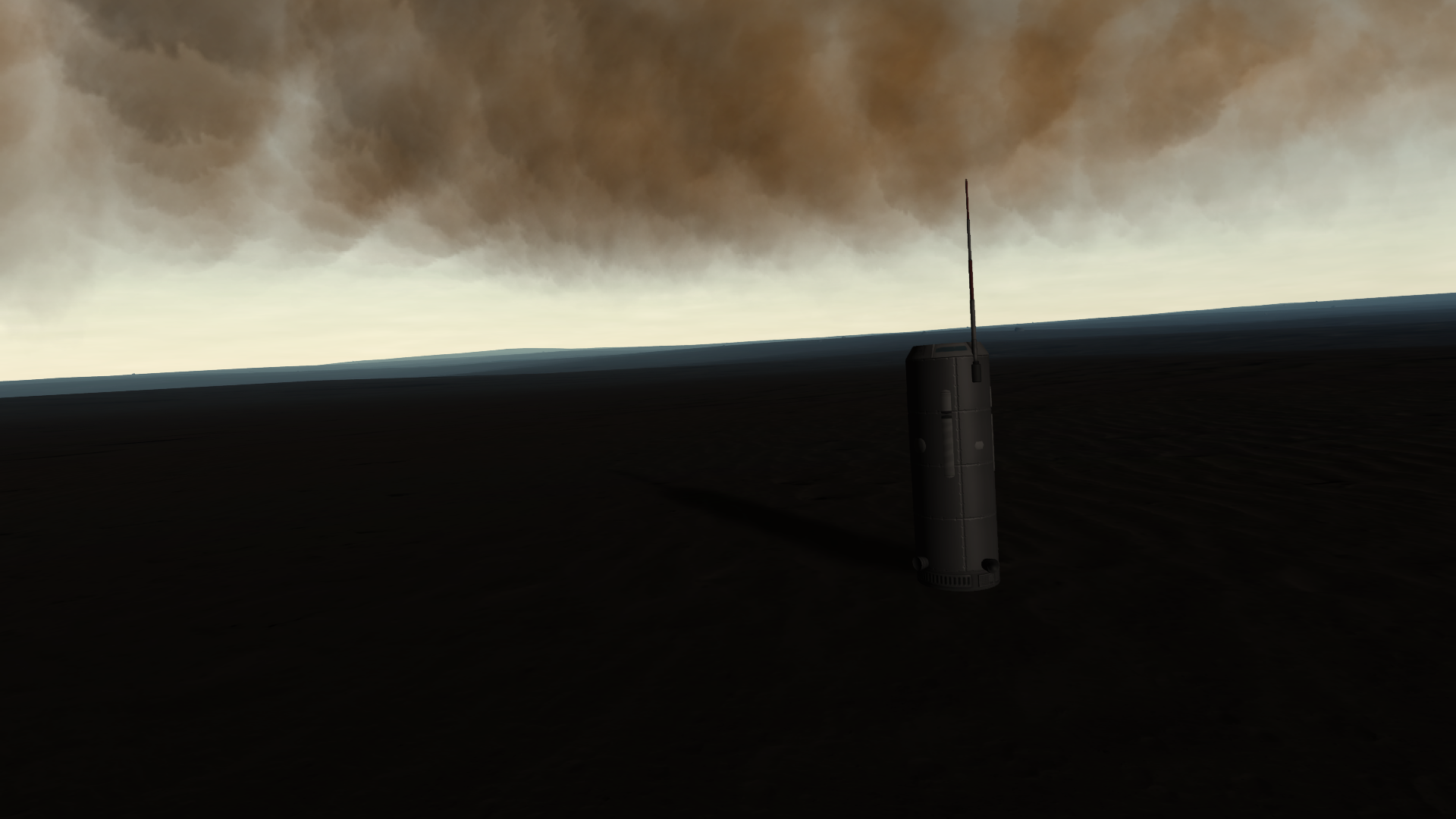
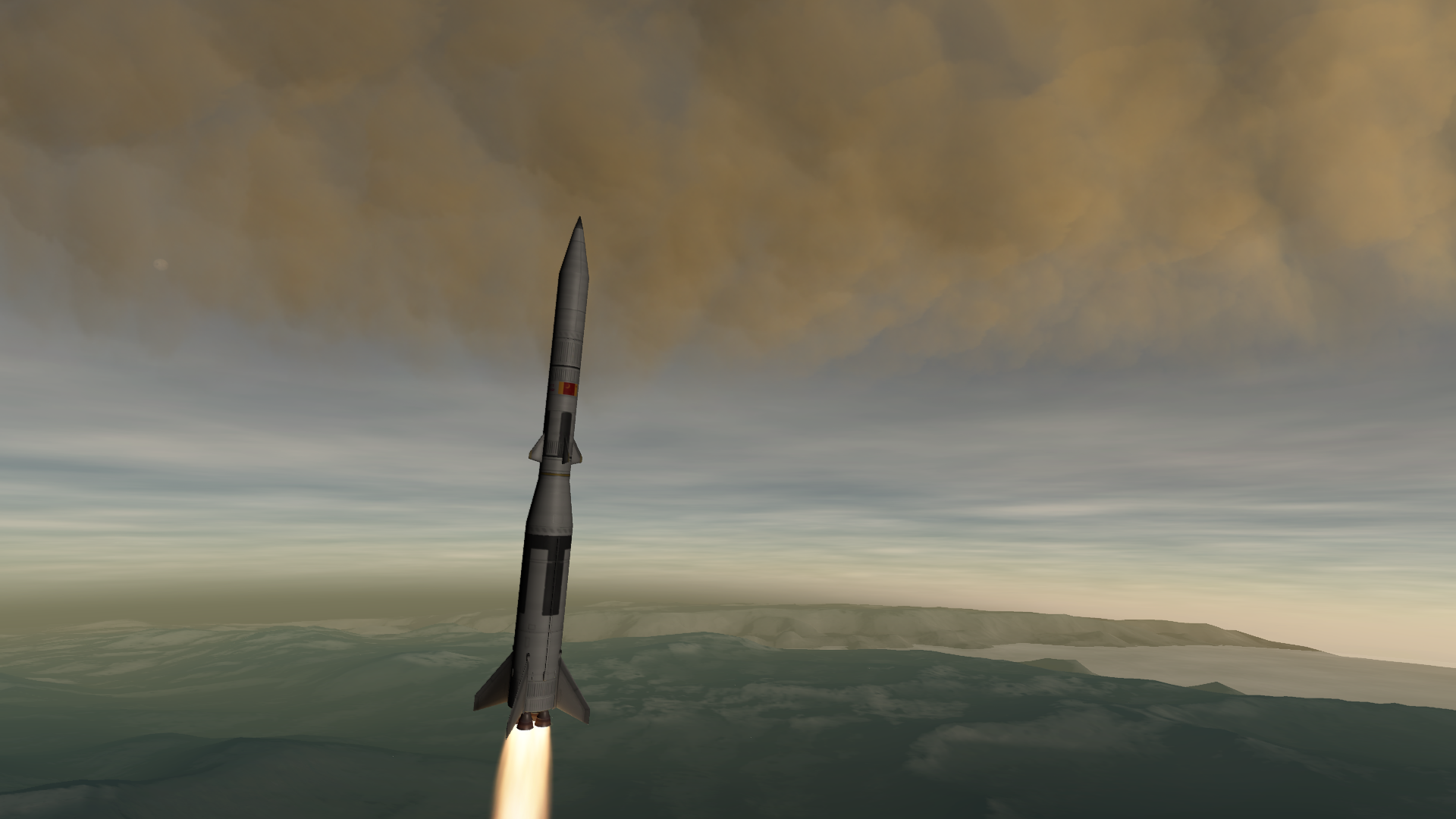
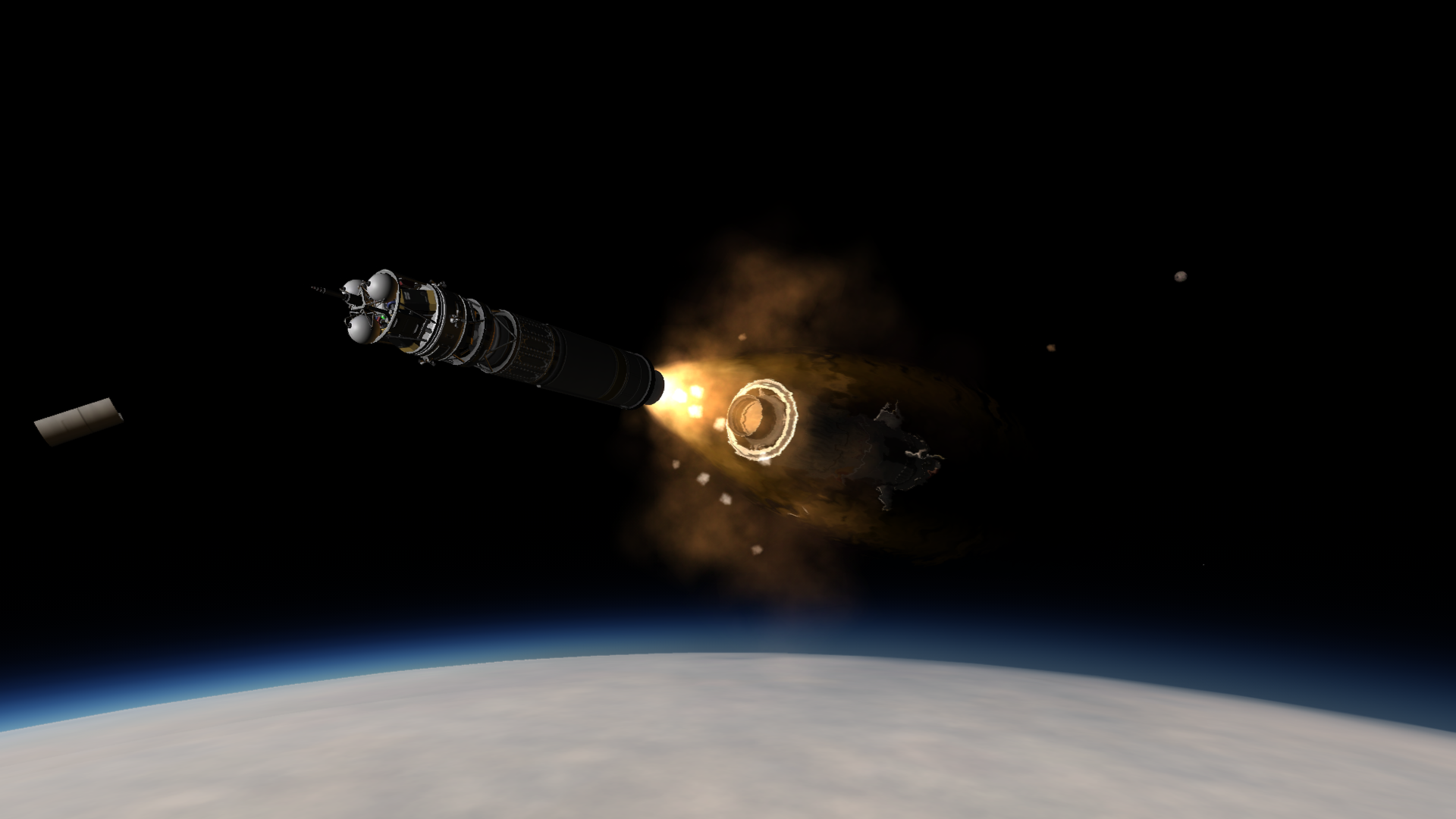
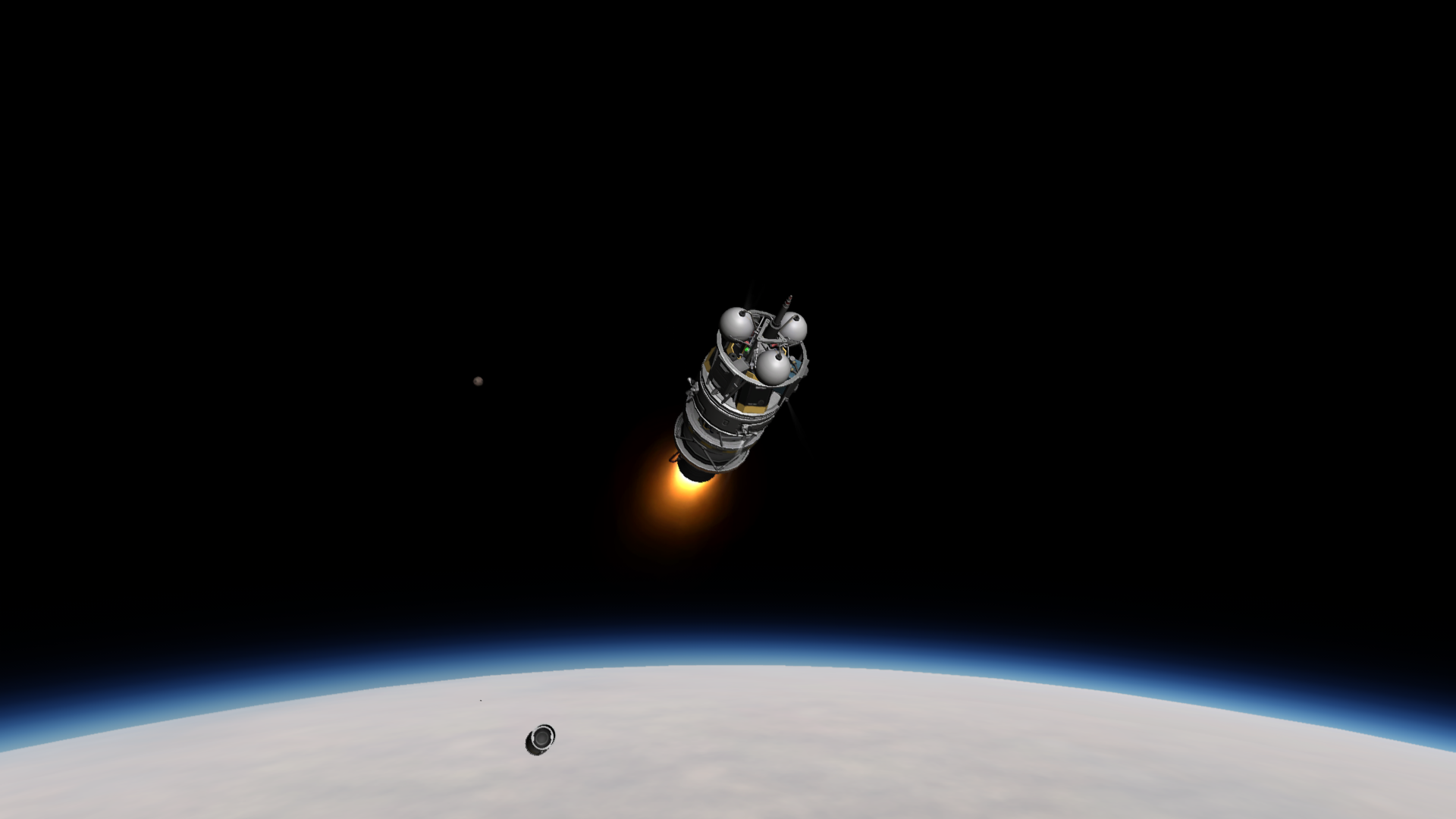
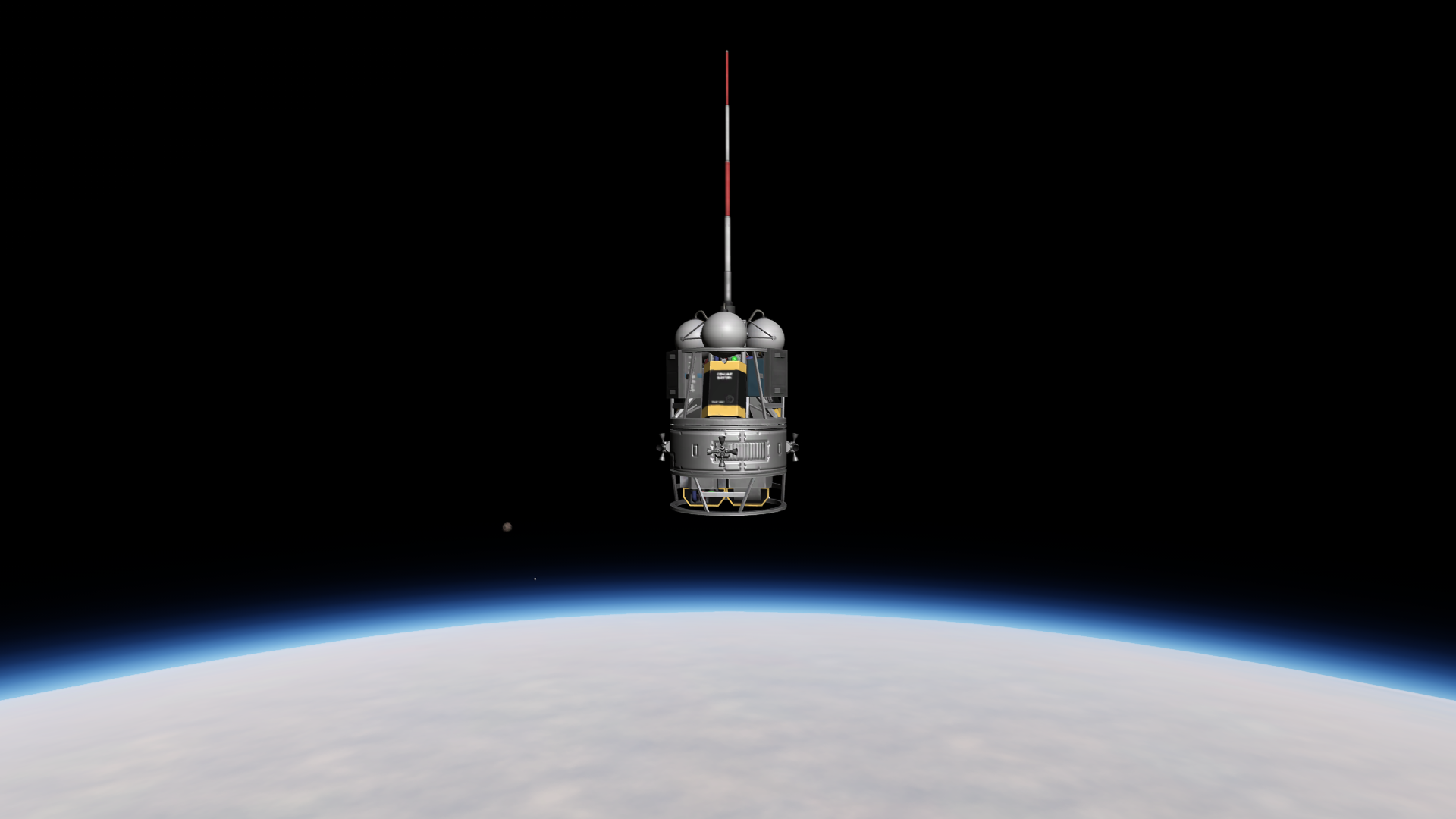
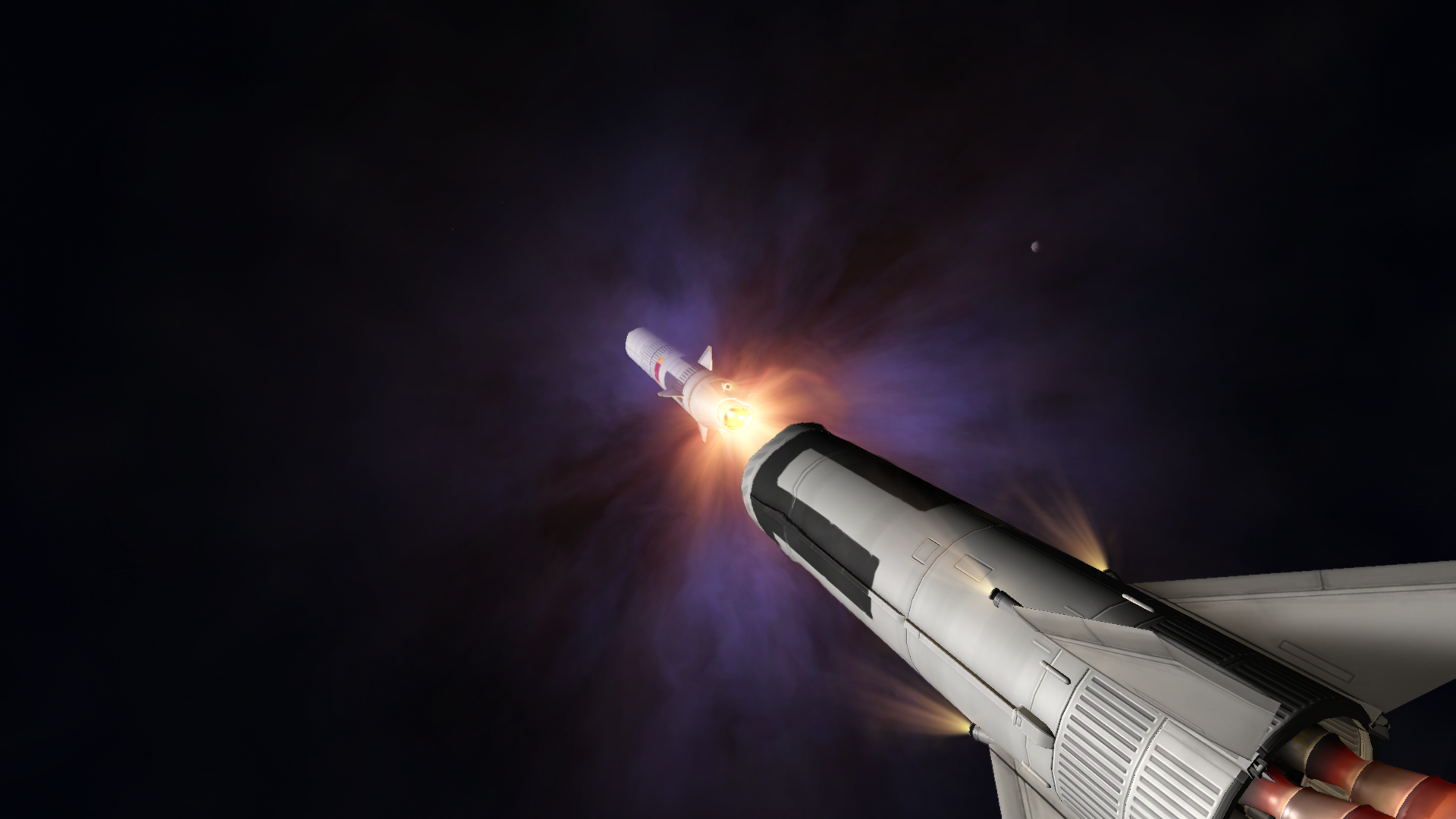
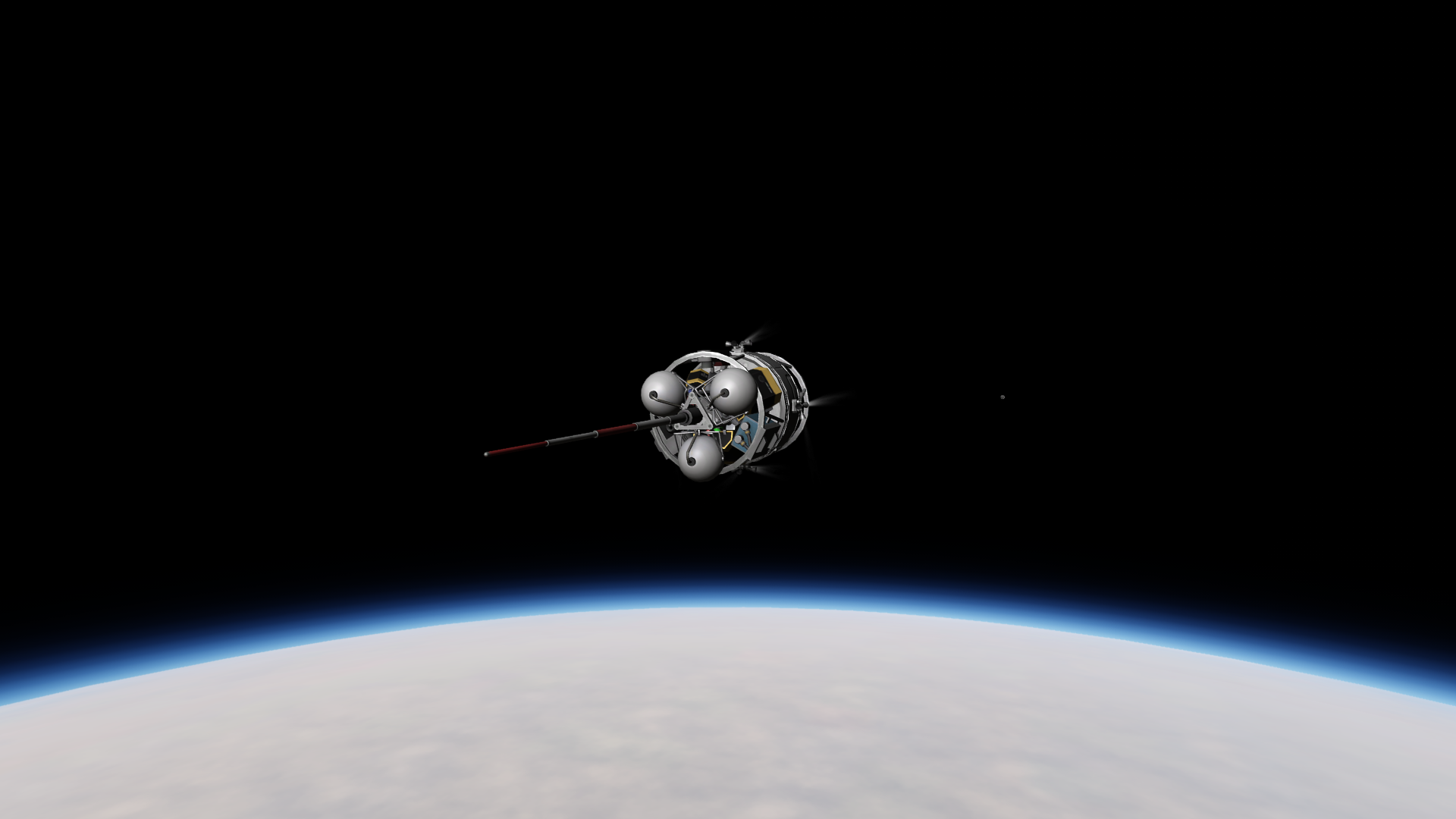
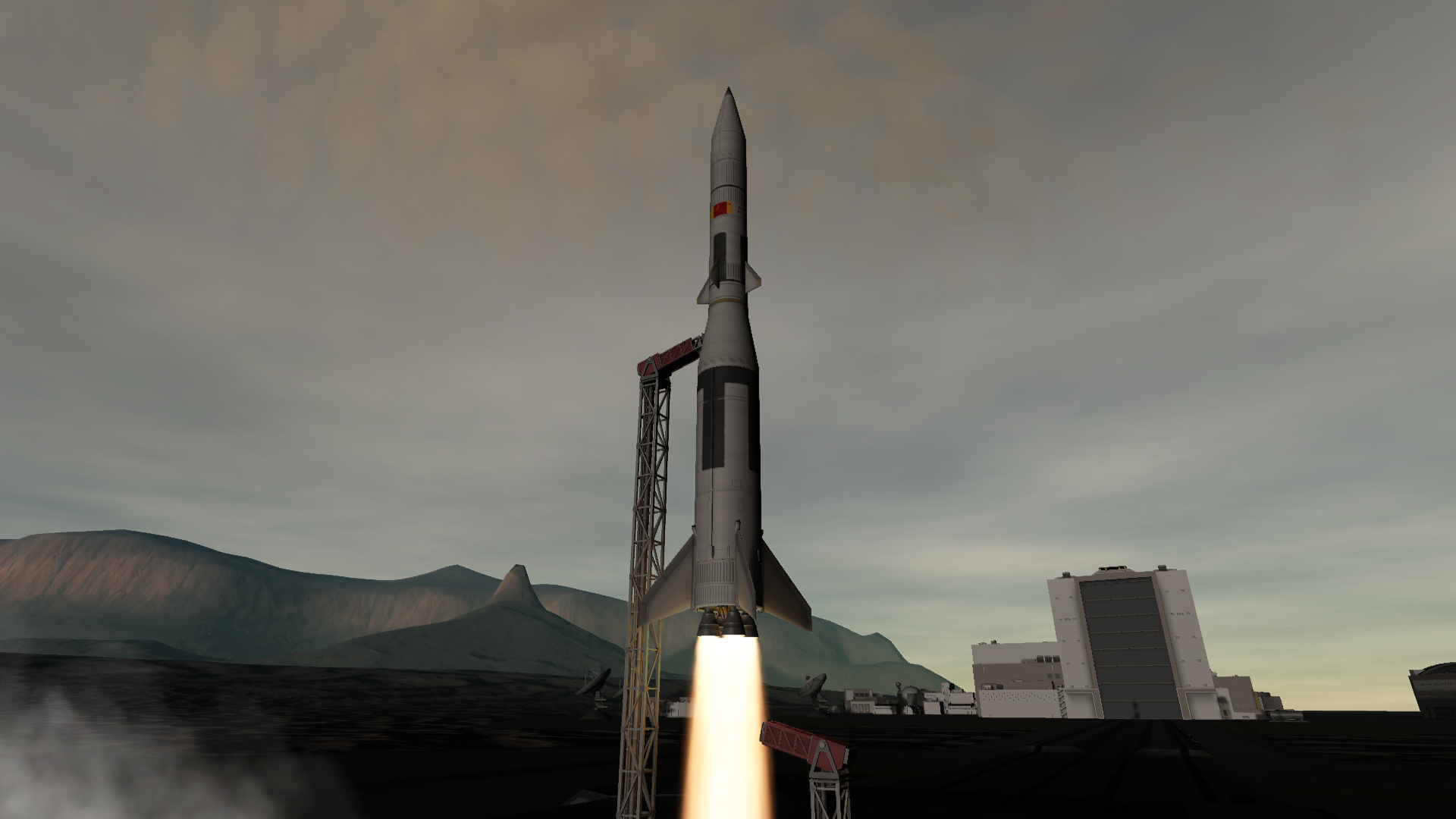
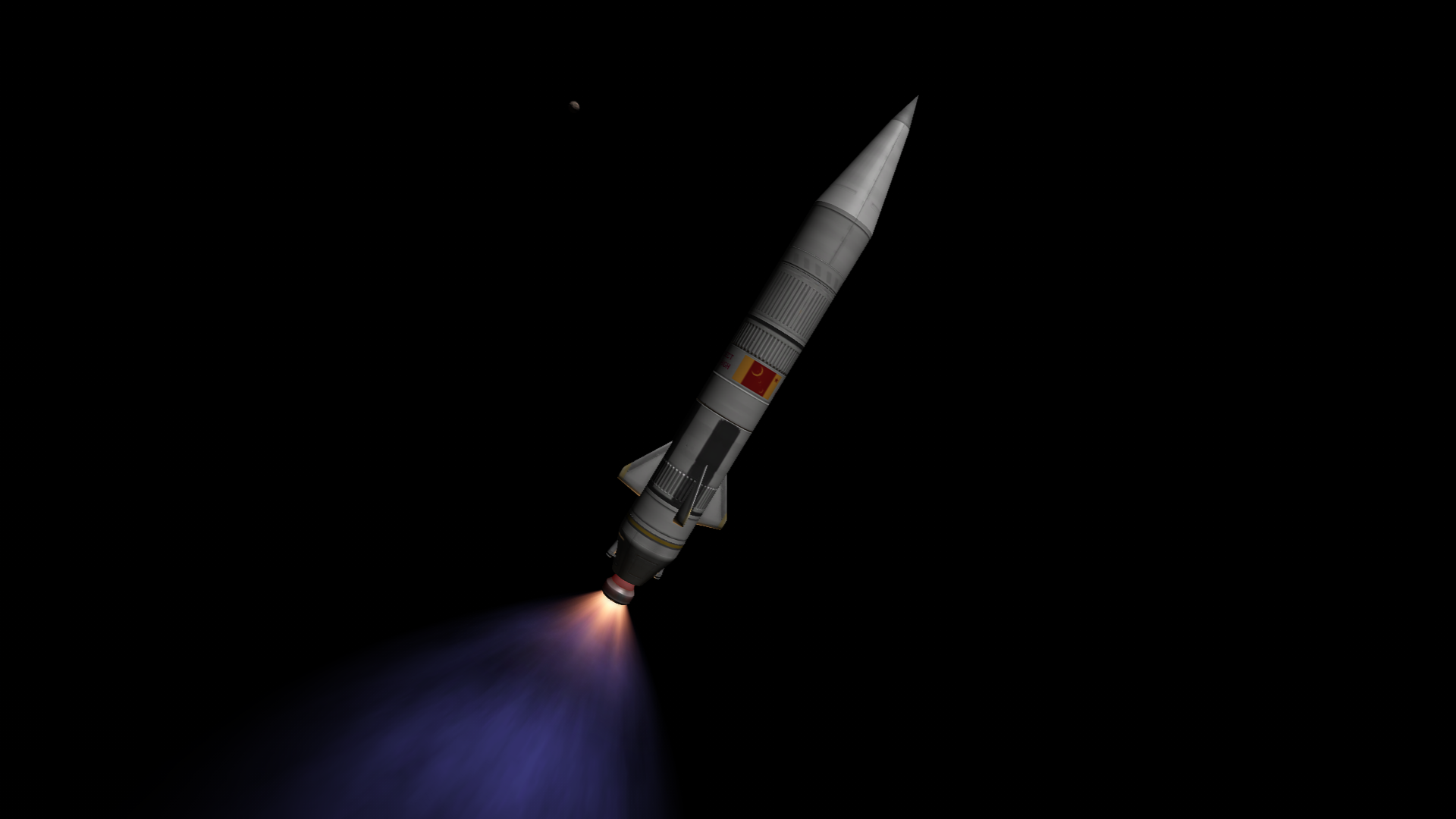
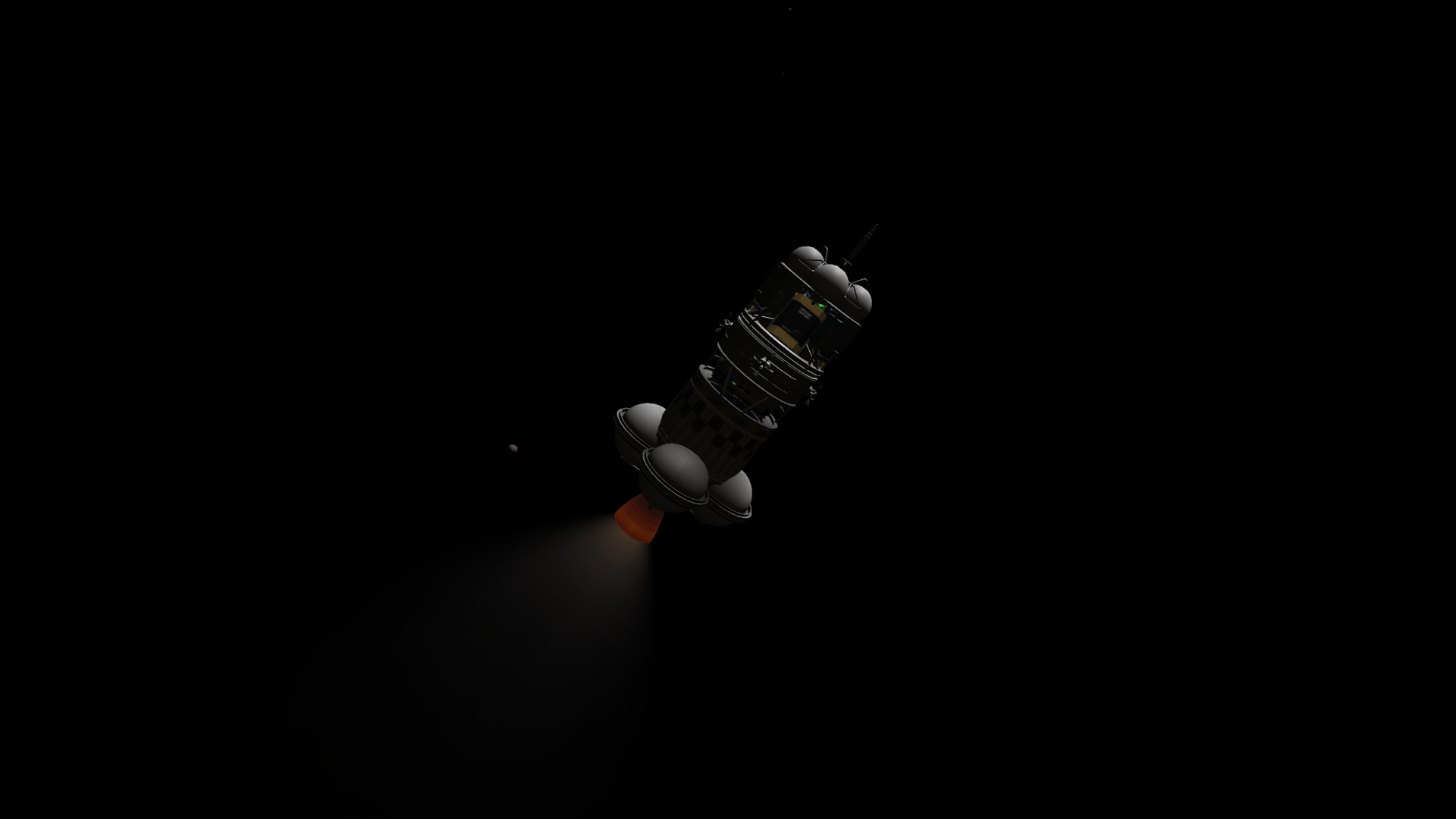
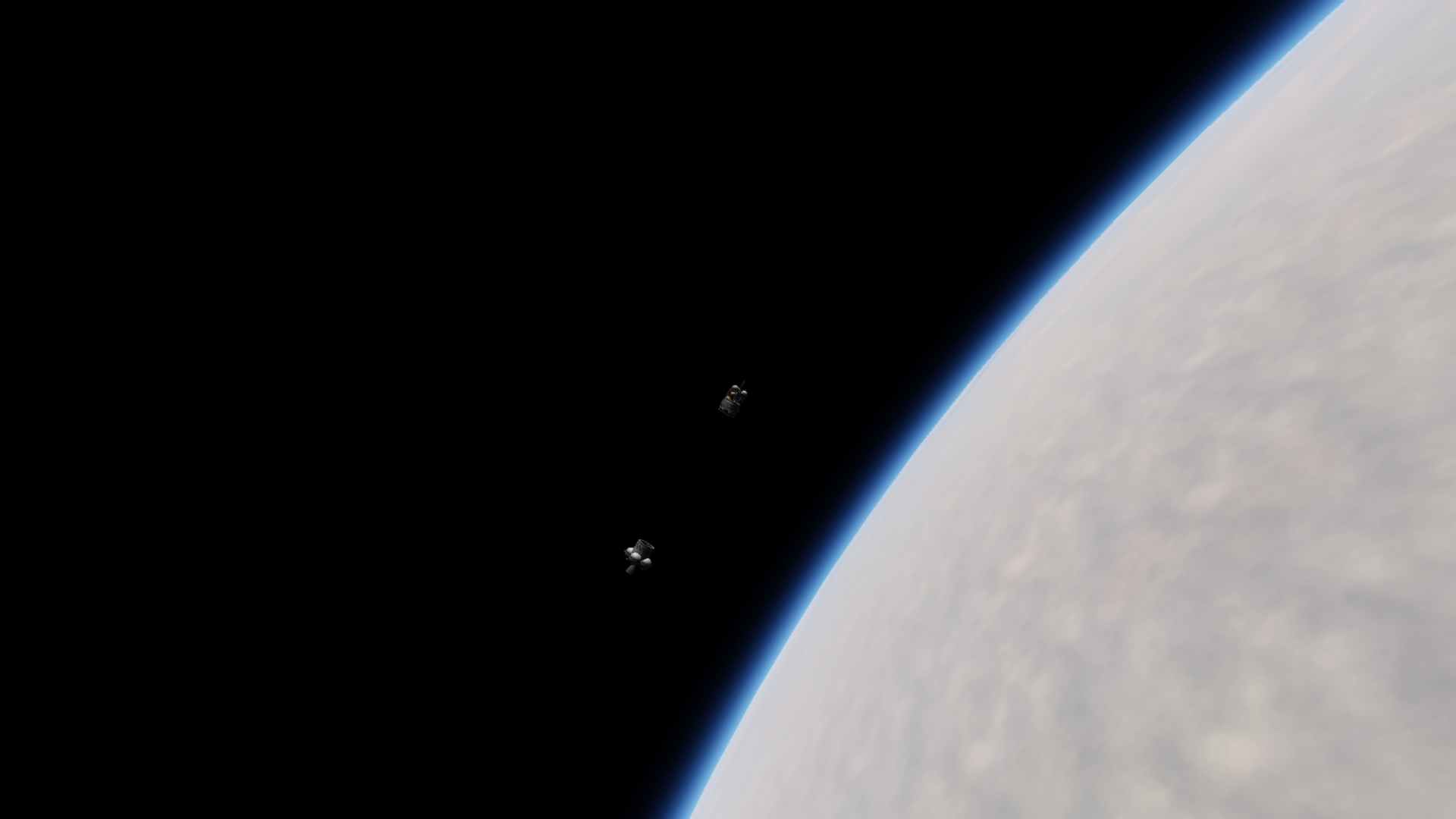
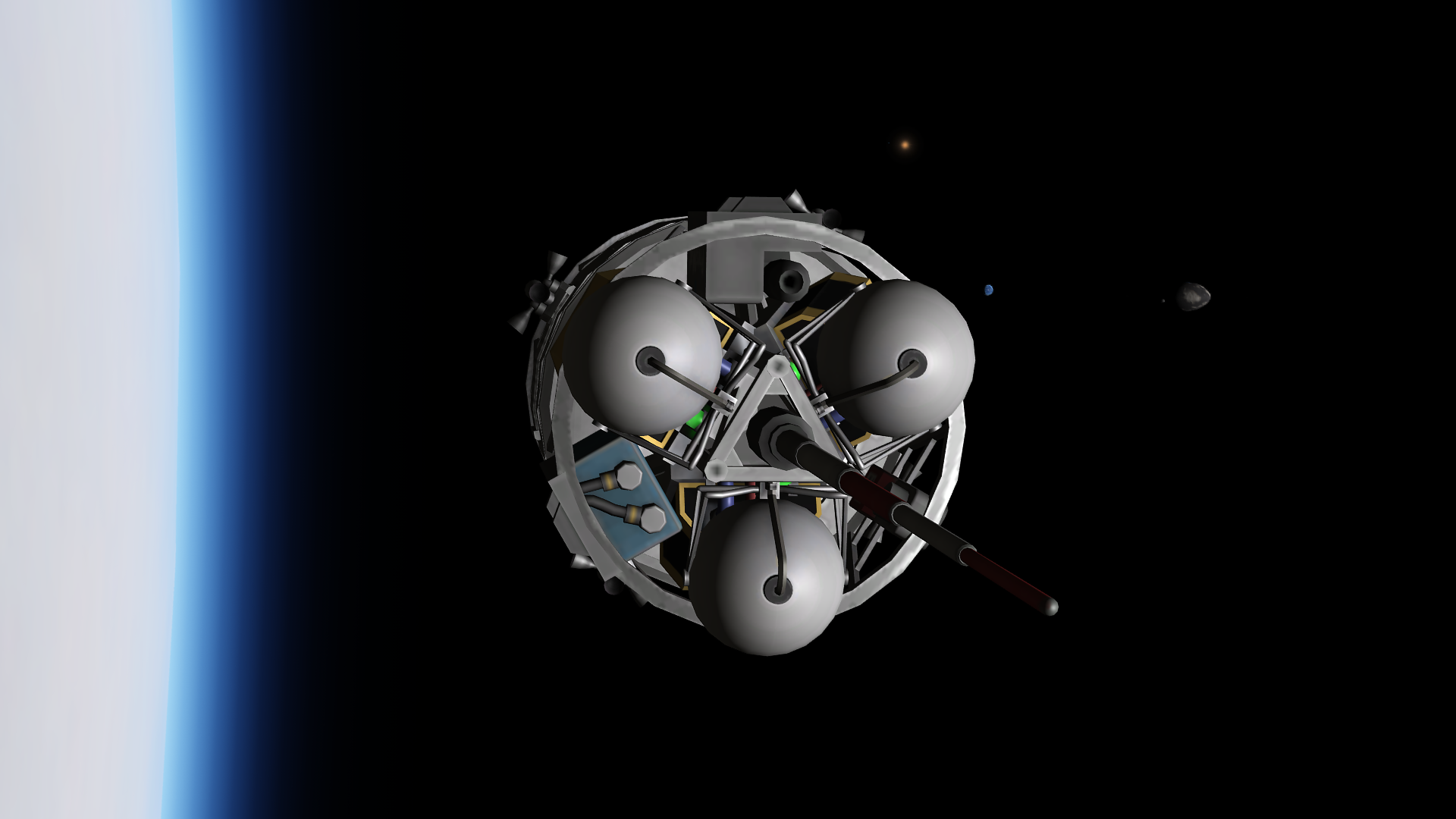
Derbinites launch "third moon"!
Officials from the Moonlet and Astronomical Research/Tracking Array confirmed early this fortnight that the "Satellite One" orbiting probe proclaimed by Derbinite radio broadcasts last fortnight was acquired by their telescopes, and was active for an estimated two hours. Danerly Barman, head of the MARTA program, said, "The signal was weak, so it was likely a very small satellite. Going inactive so soon suggests it either had very little power storage onboard or that it was barely in orbit at all. We've always known the Derbinites have superior rocketry technology- but we're better at working in space." When asked about a potential reprisal to Satellite One, Danerly said, "I have no comment on any potential actions our government will take in response to this, but I do know that we've reached out to Derbinite authorities."